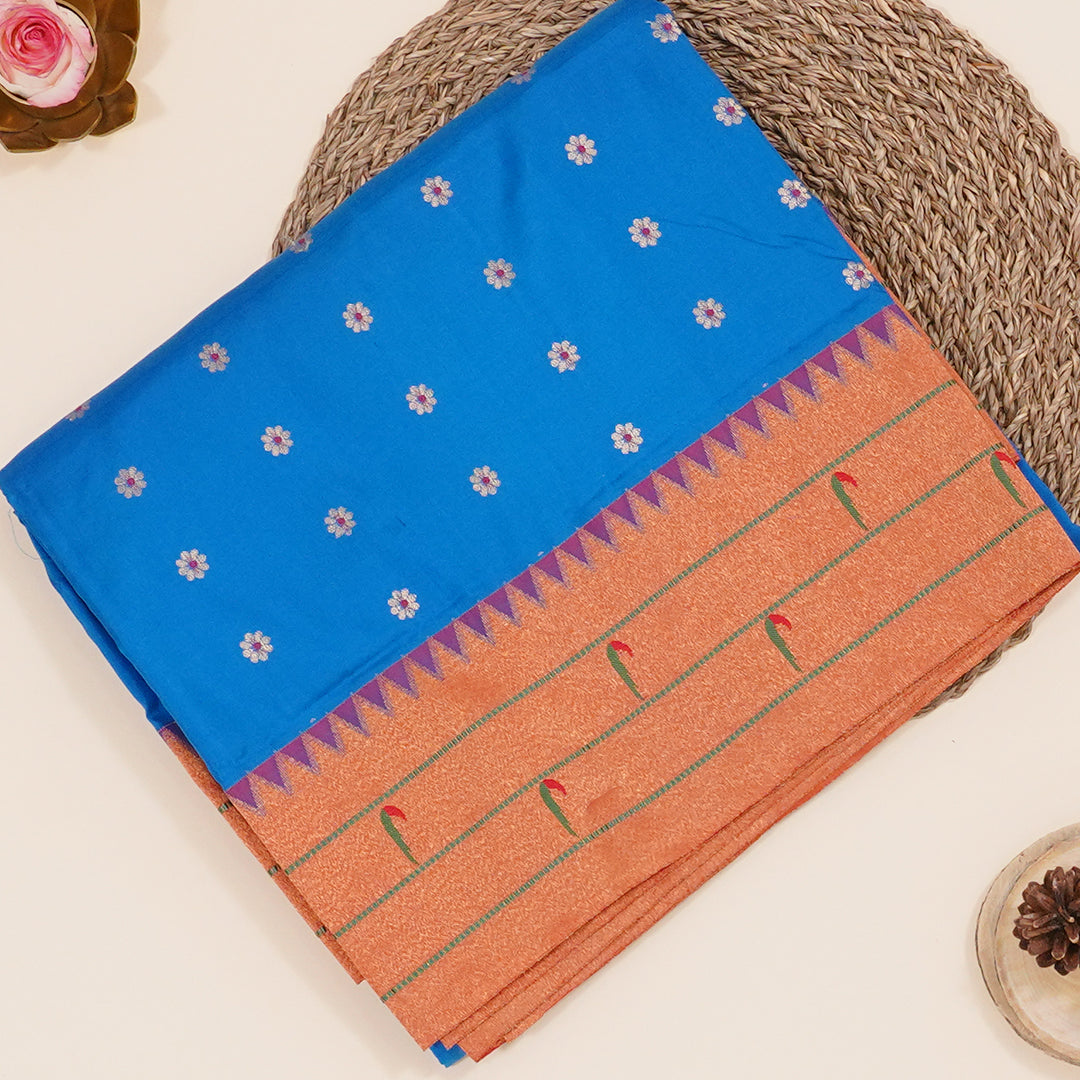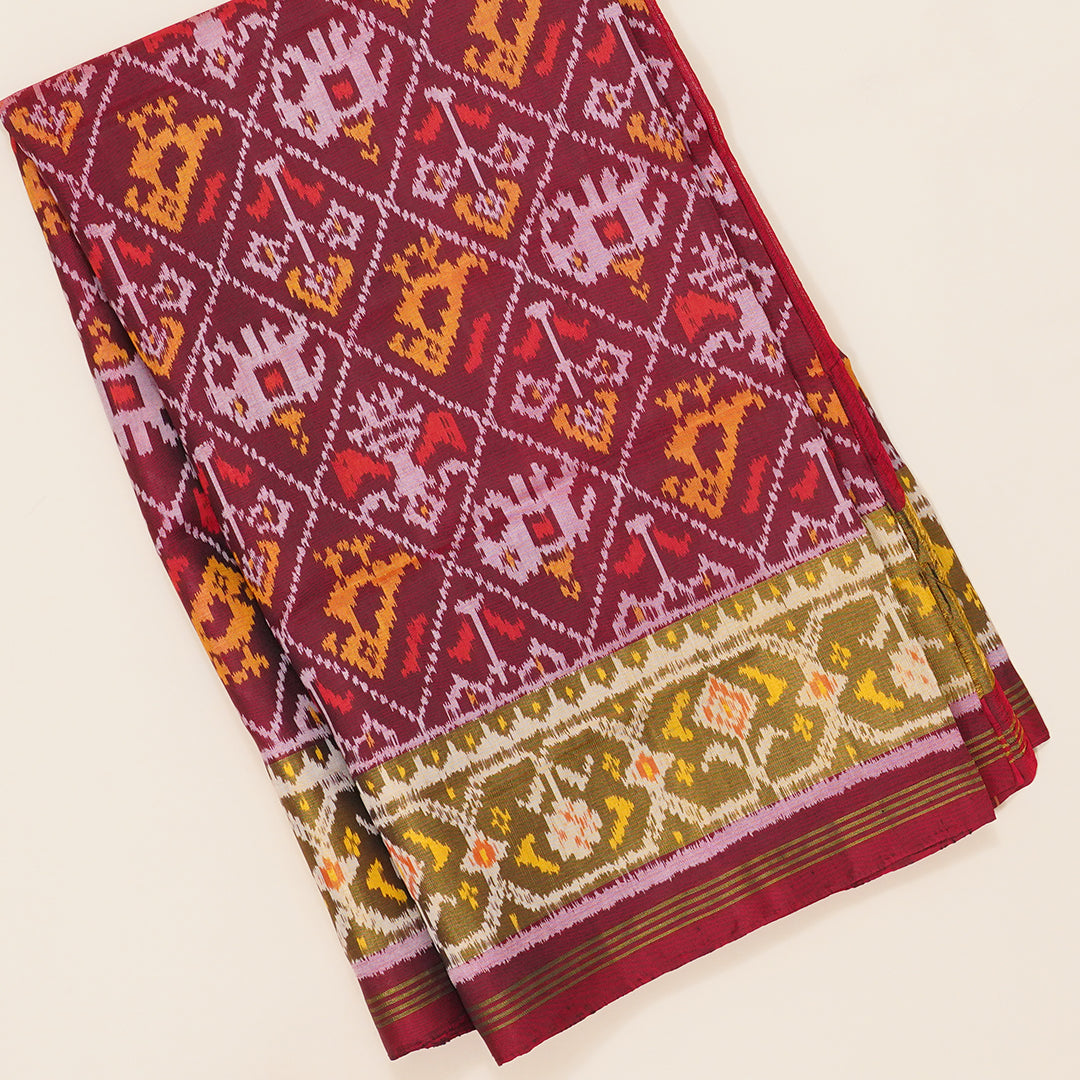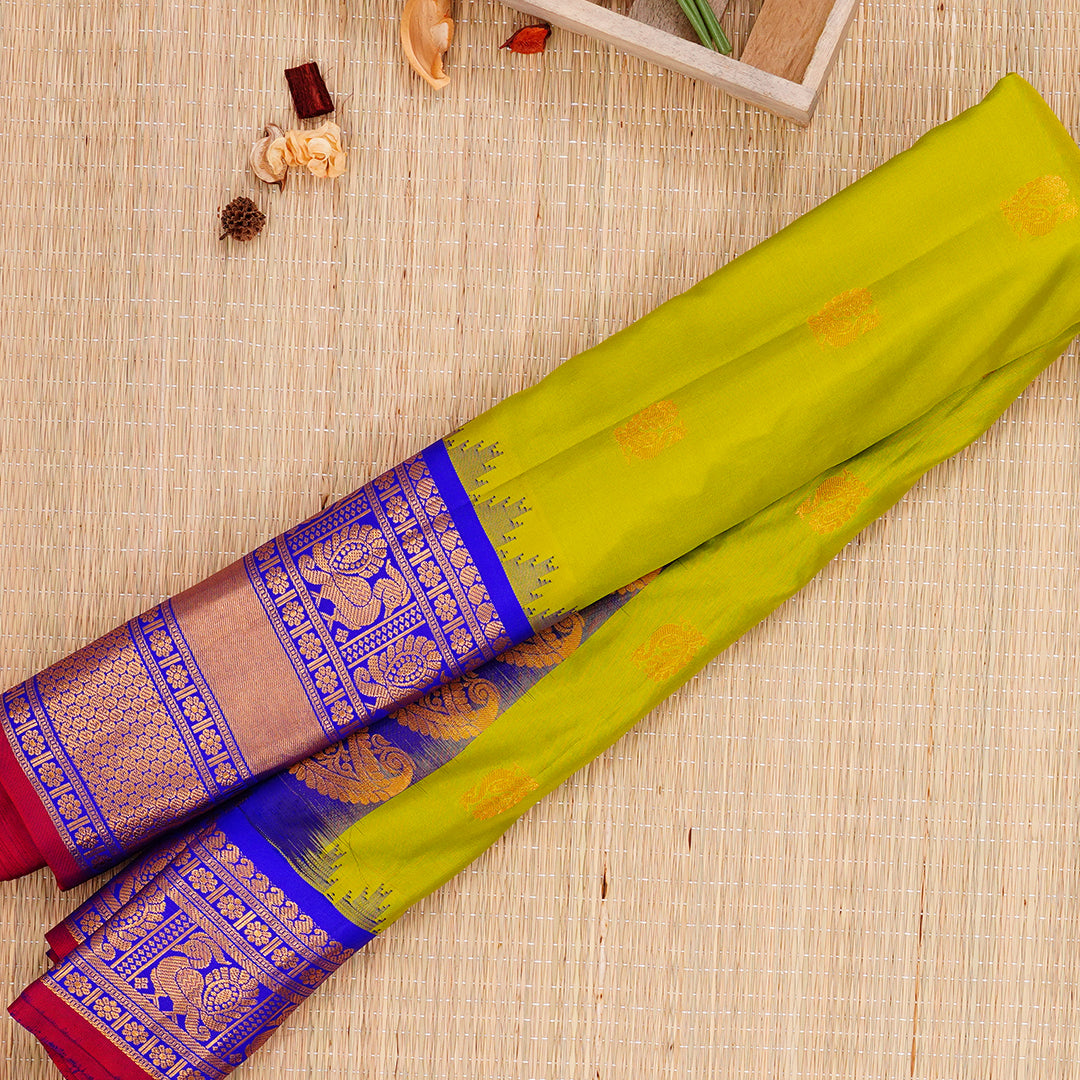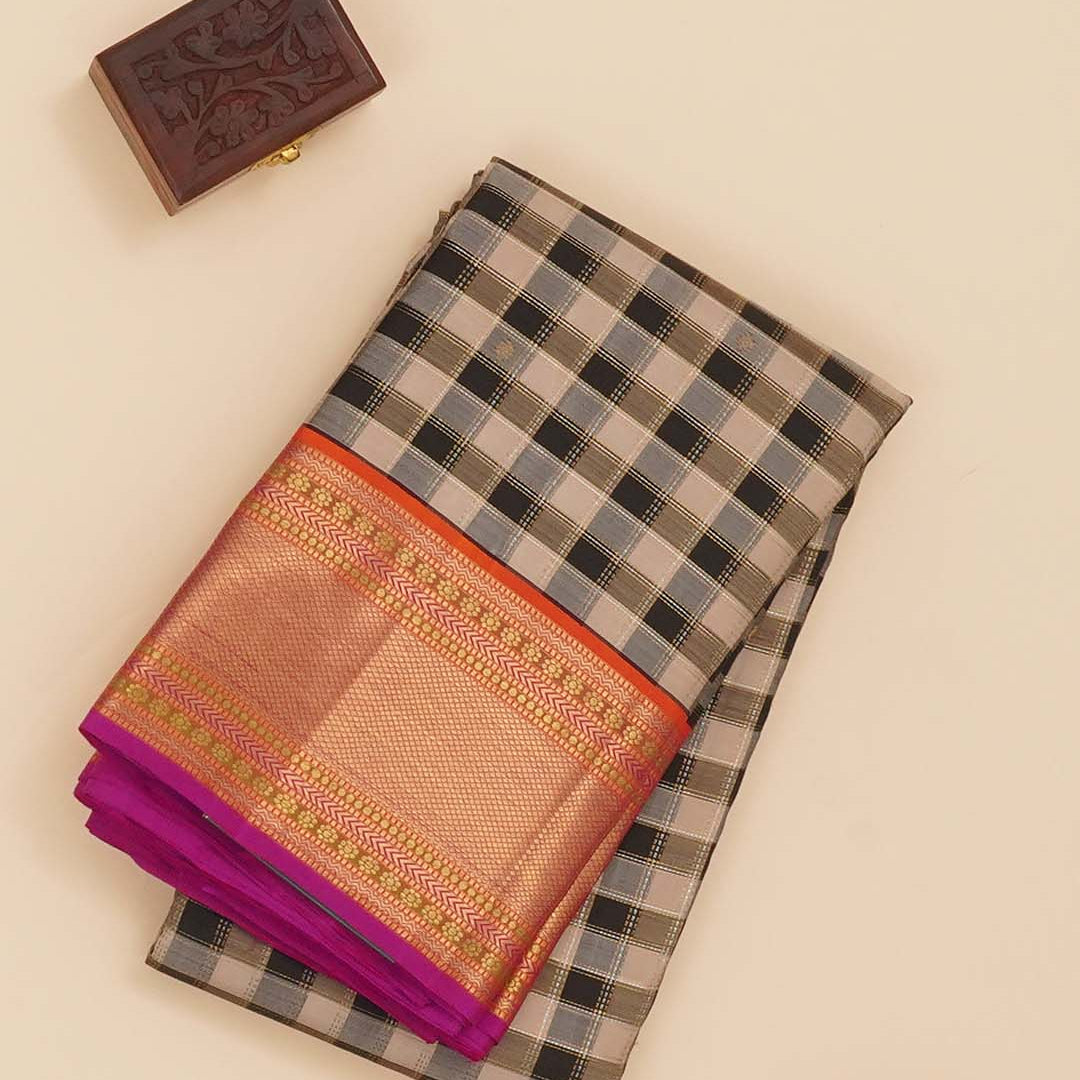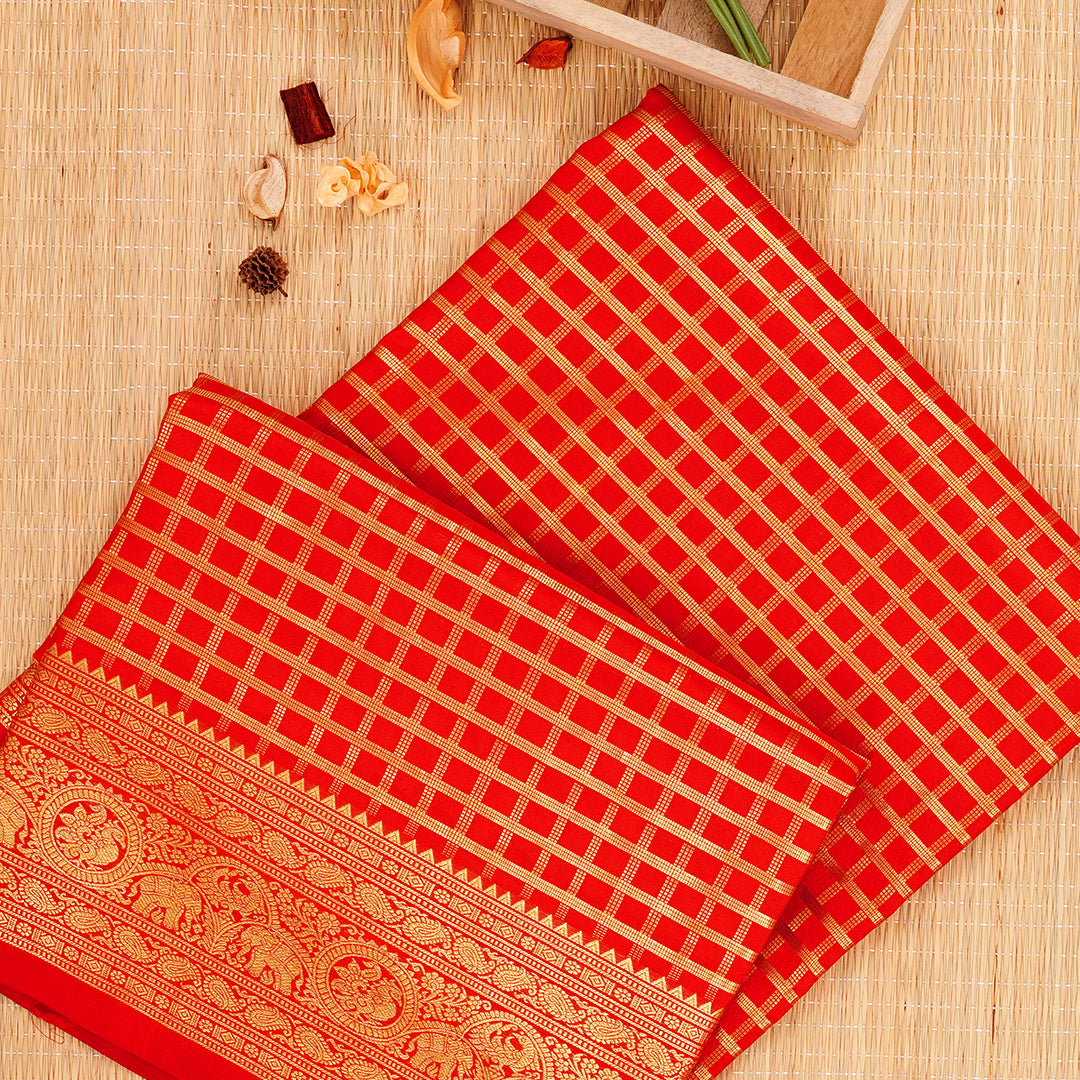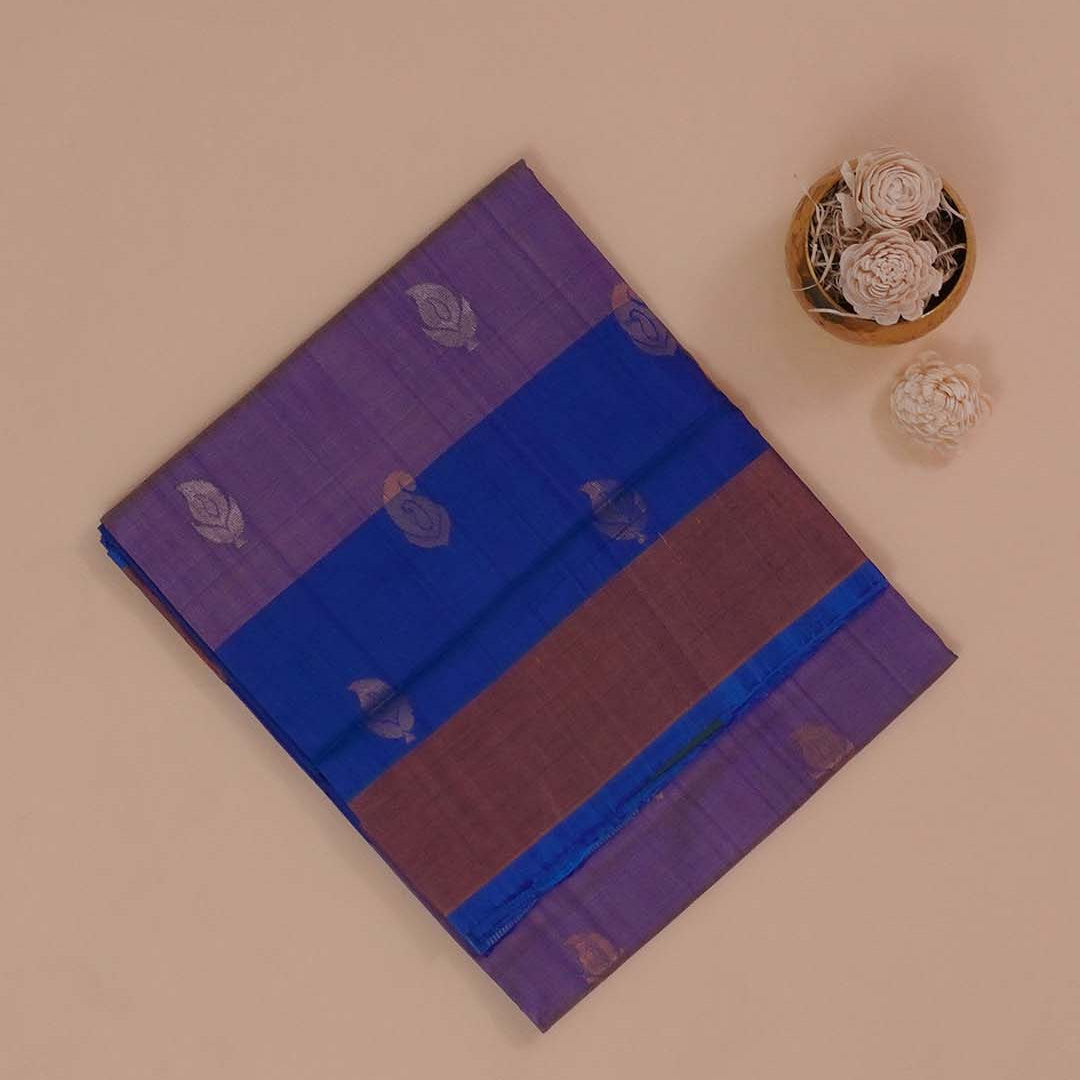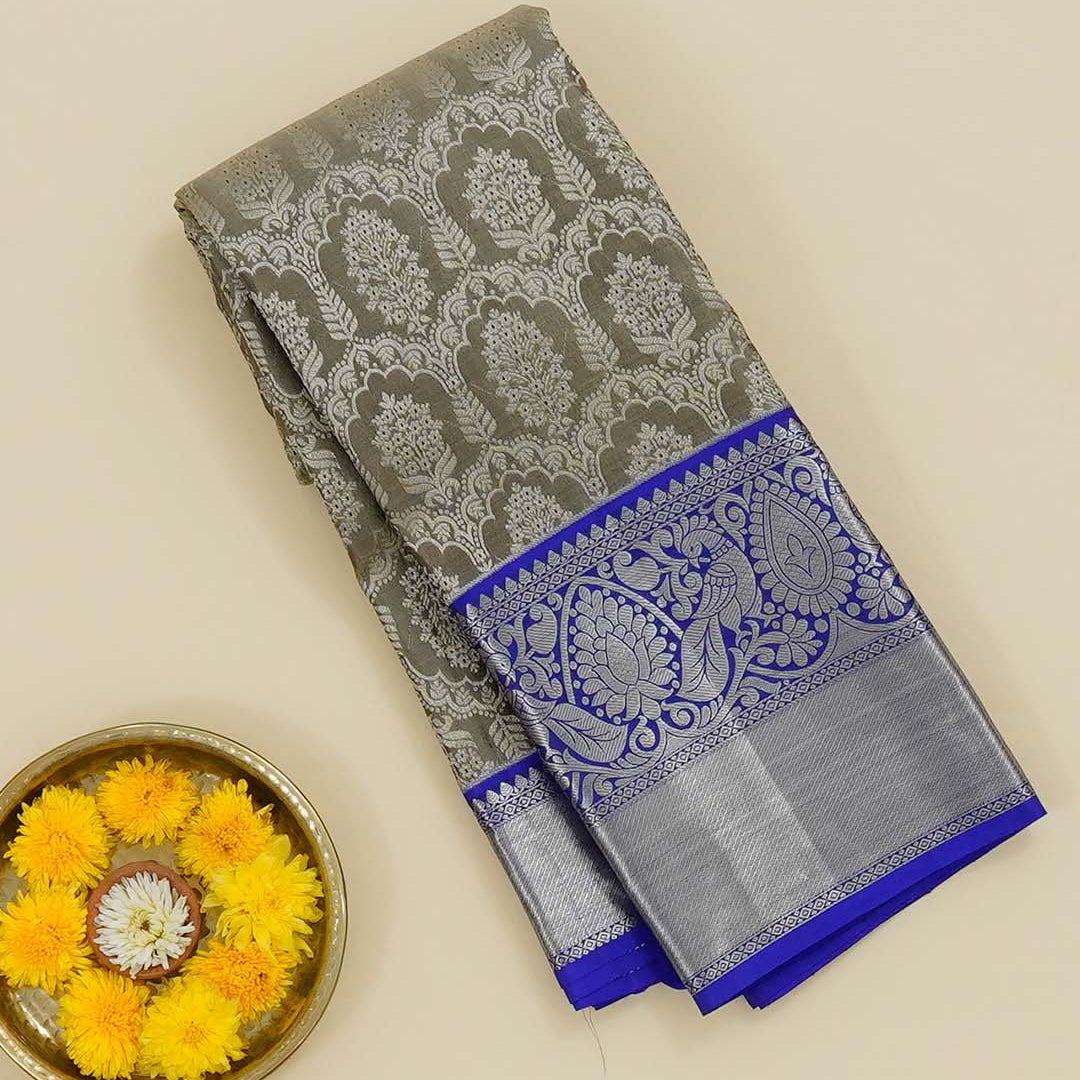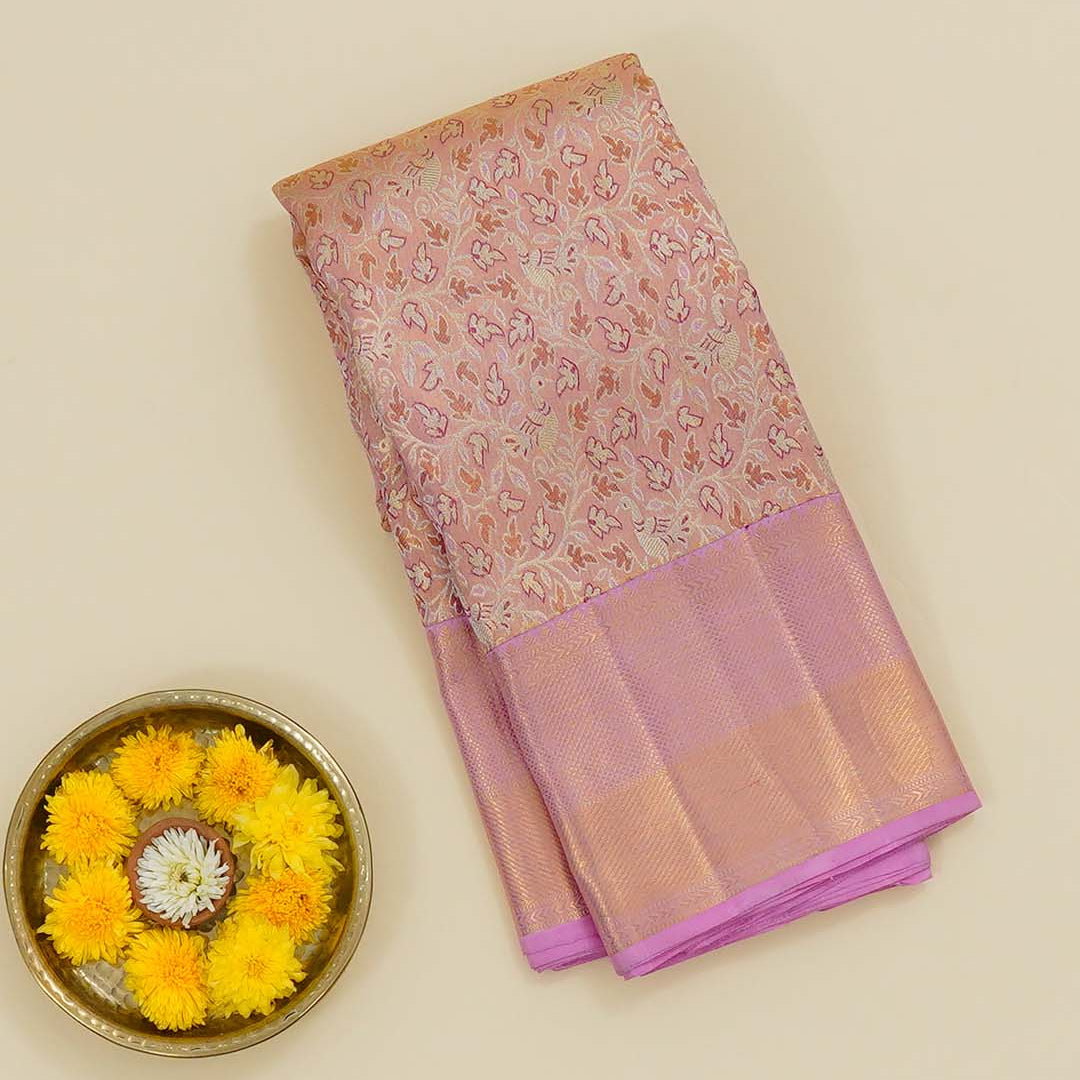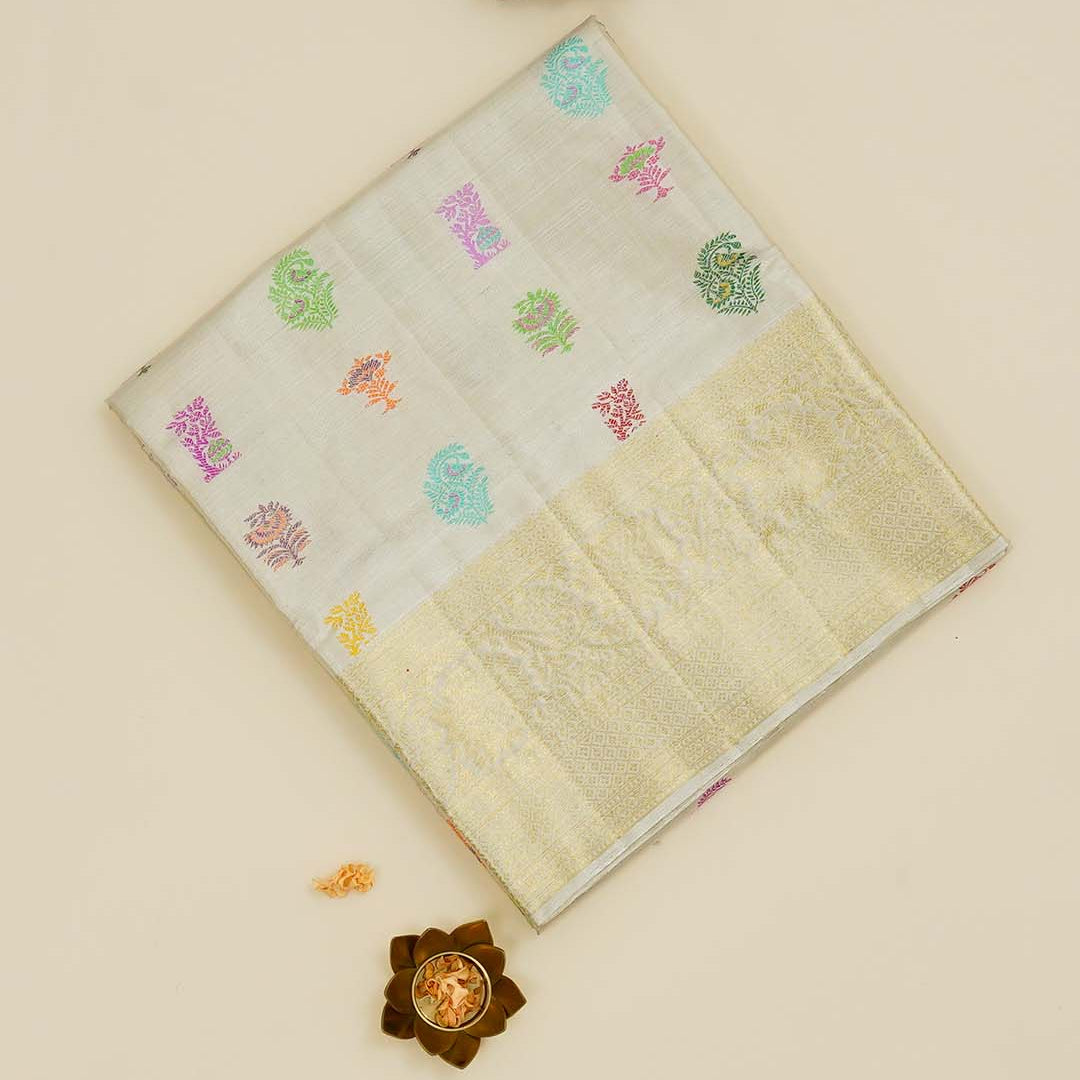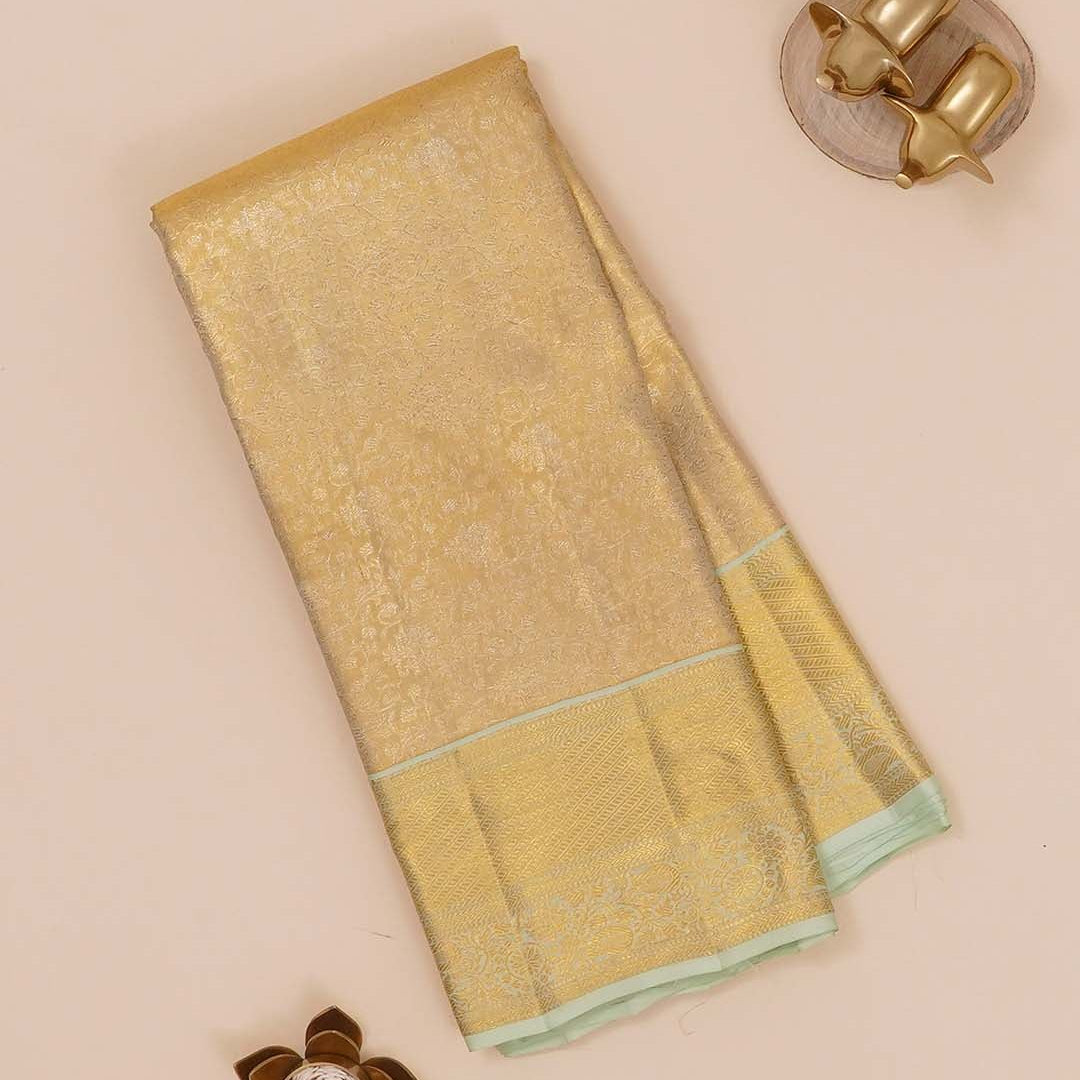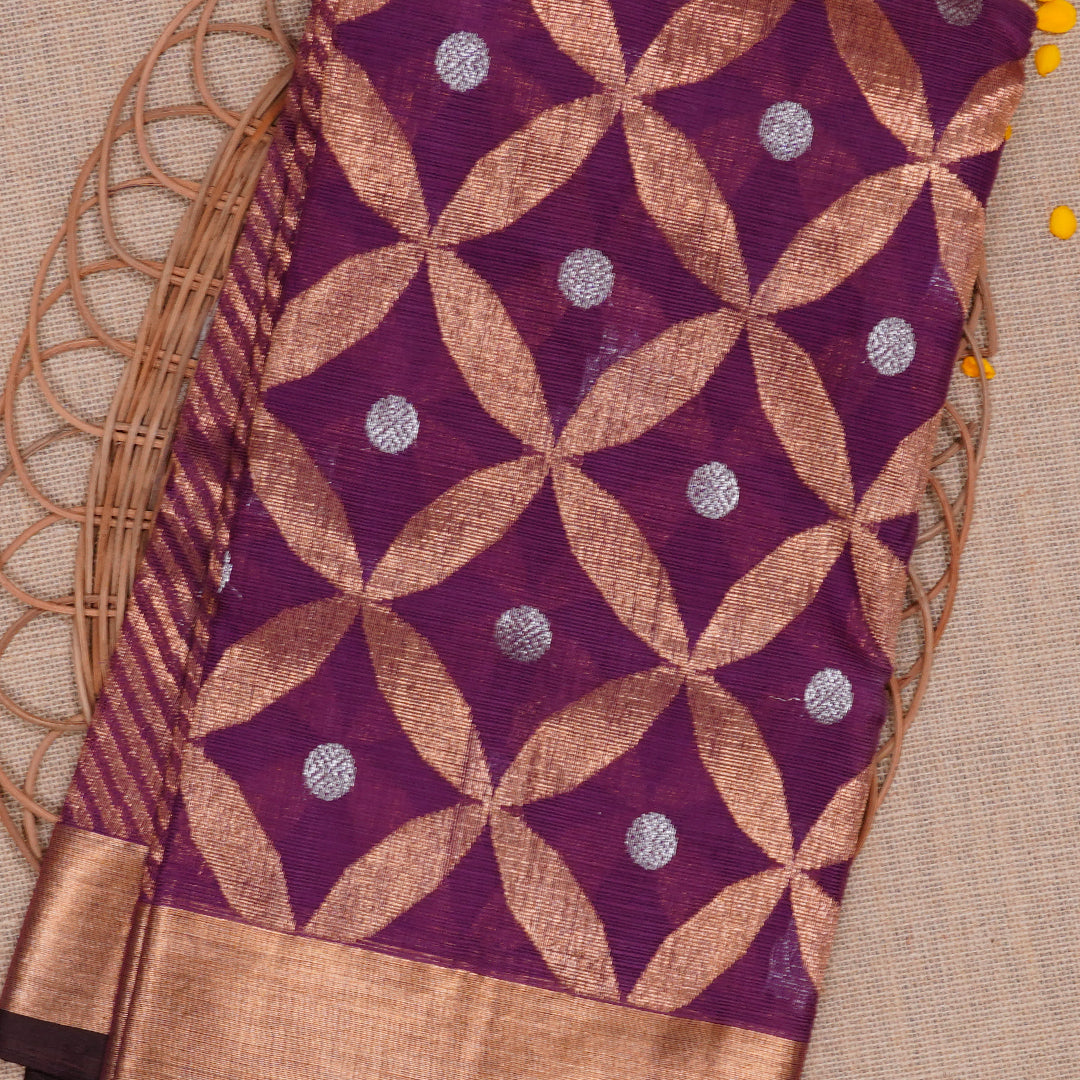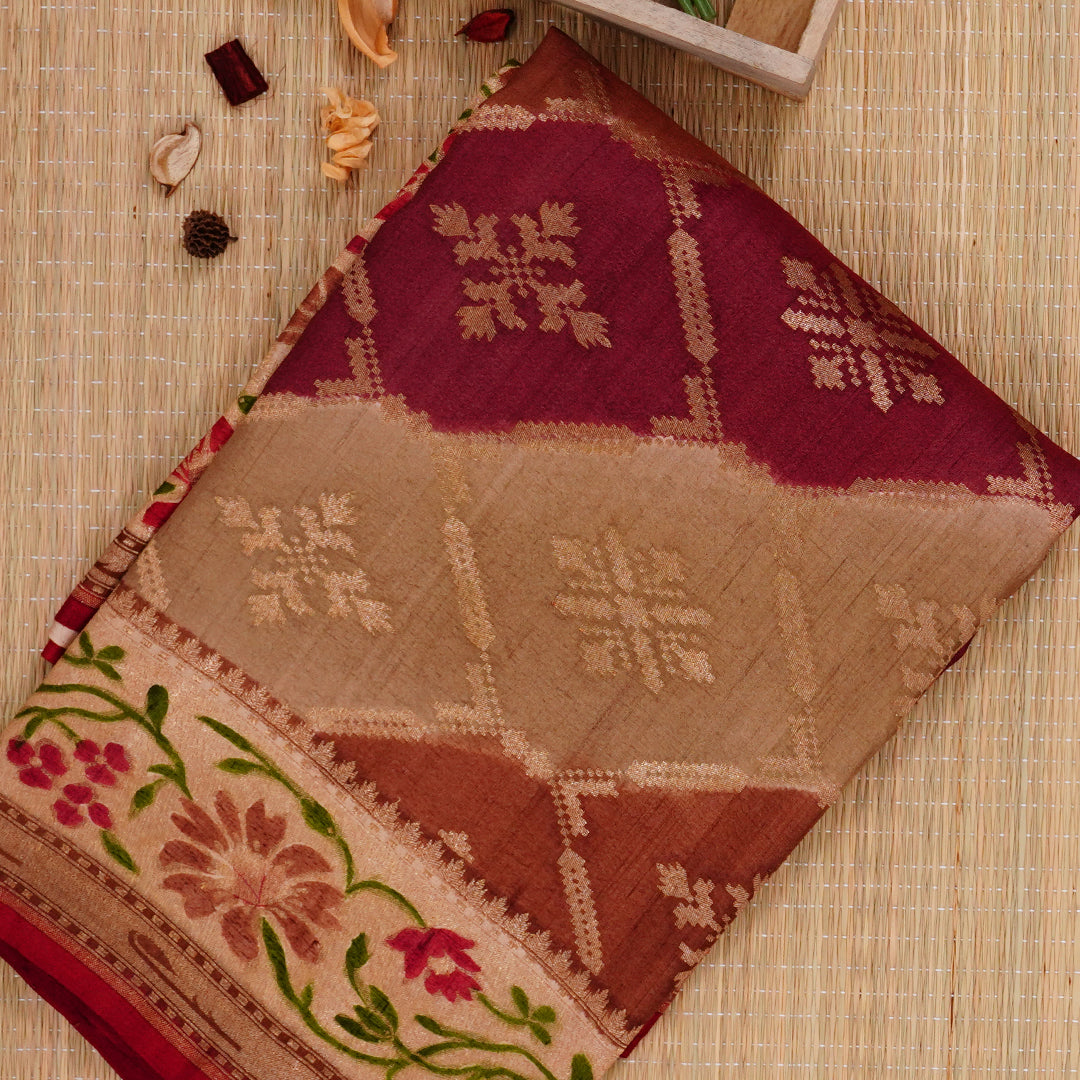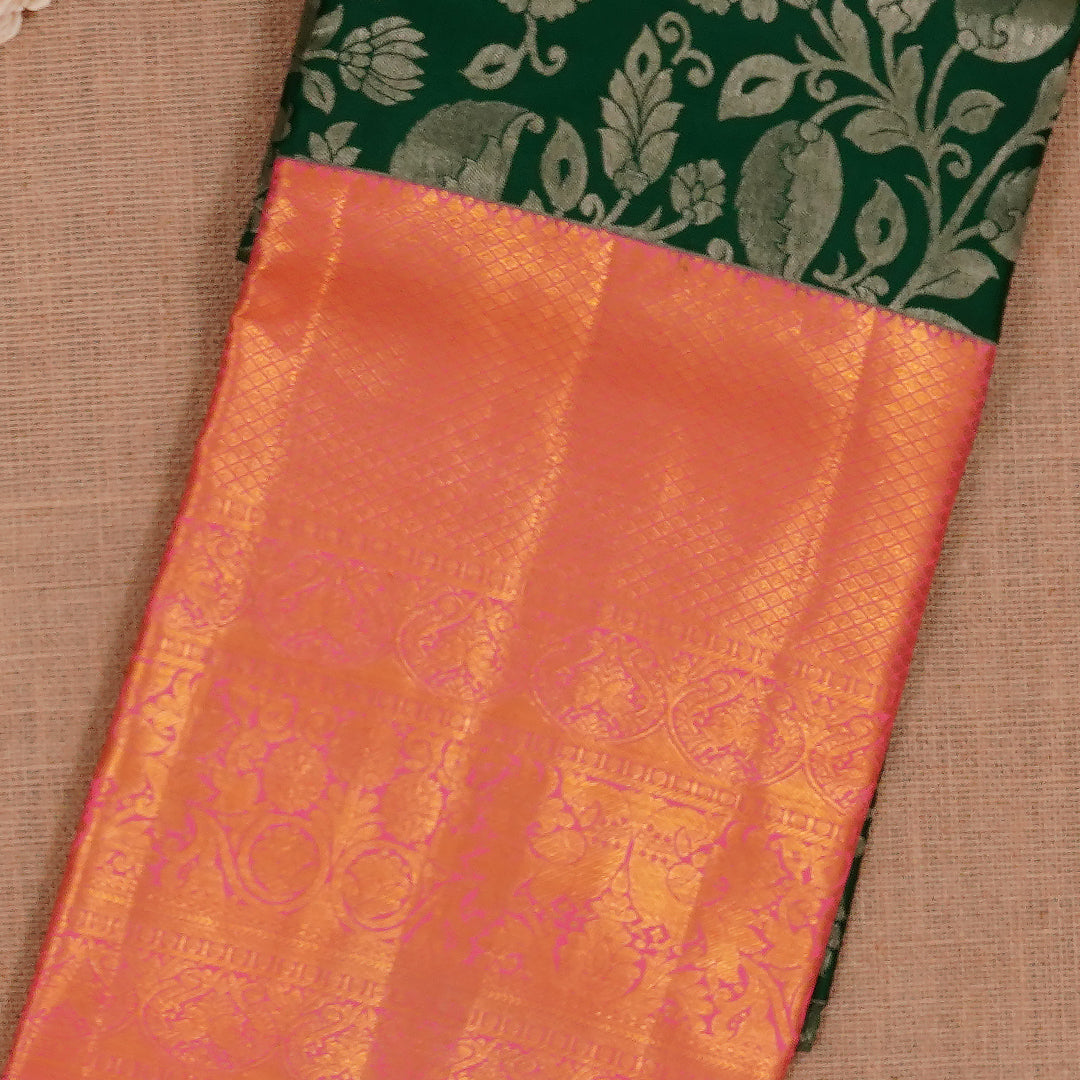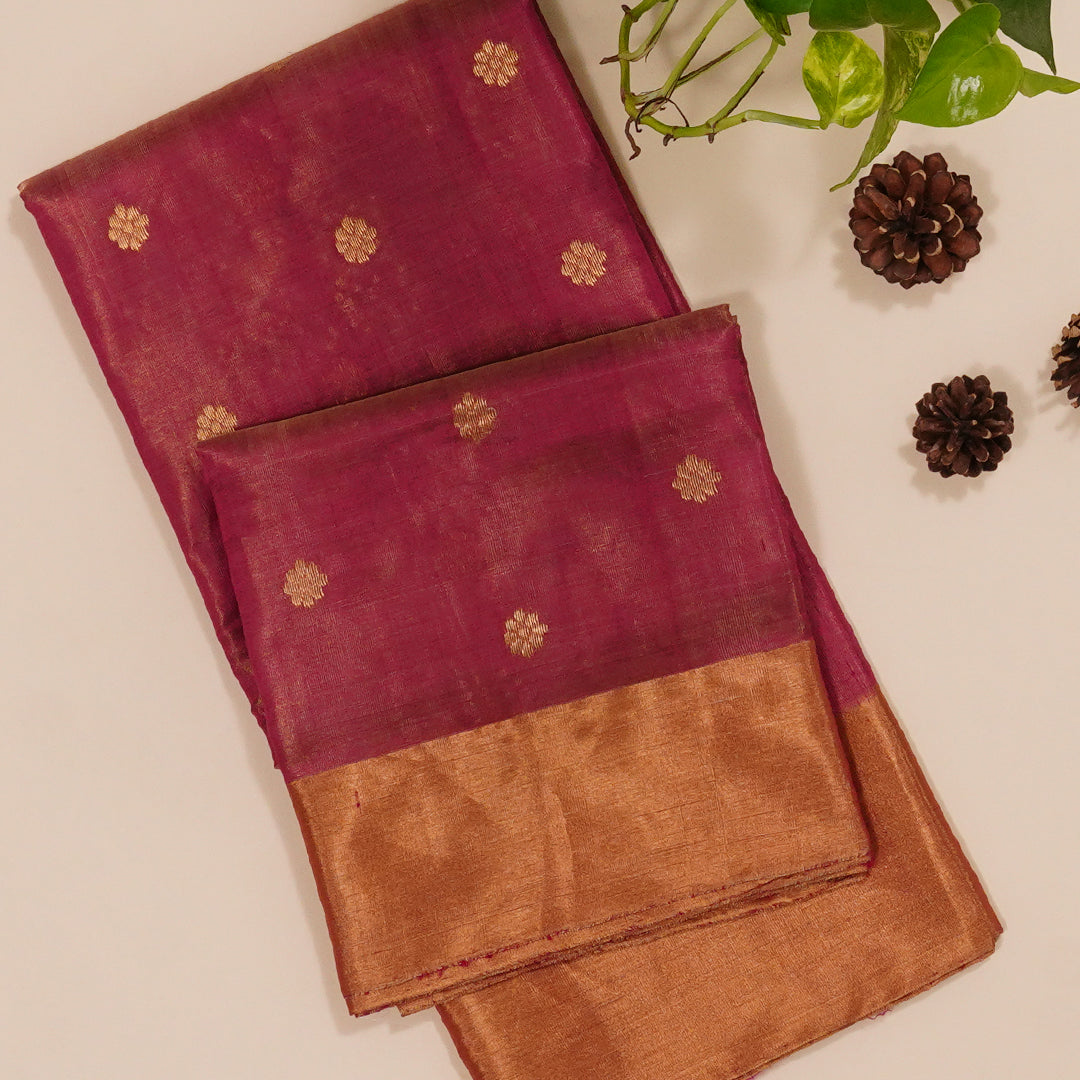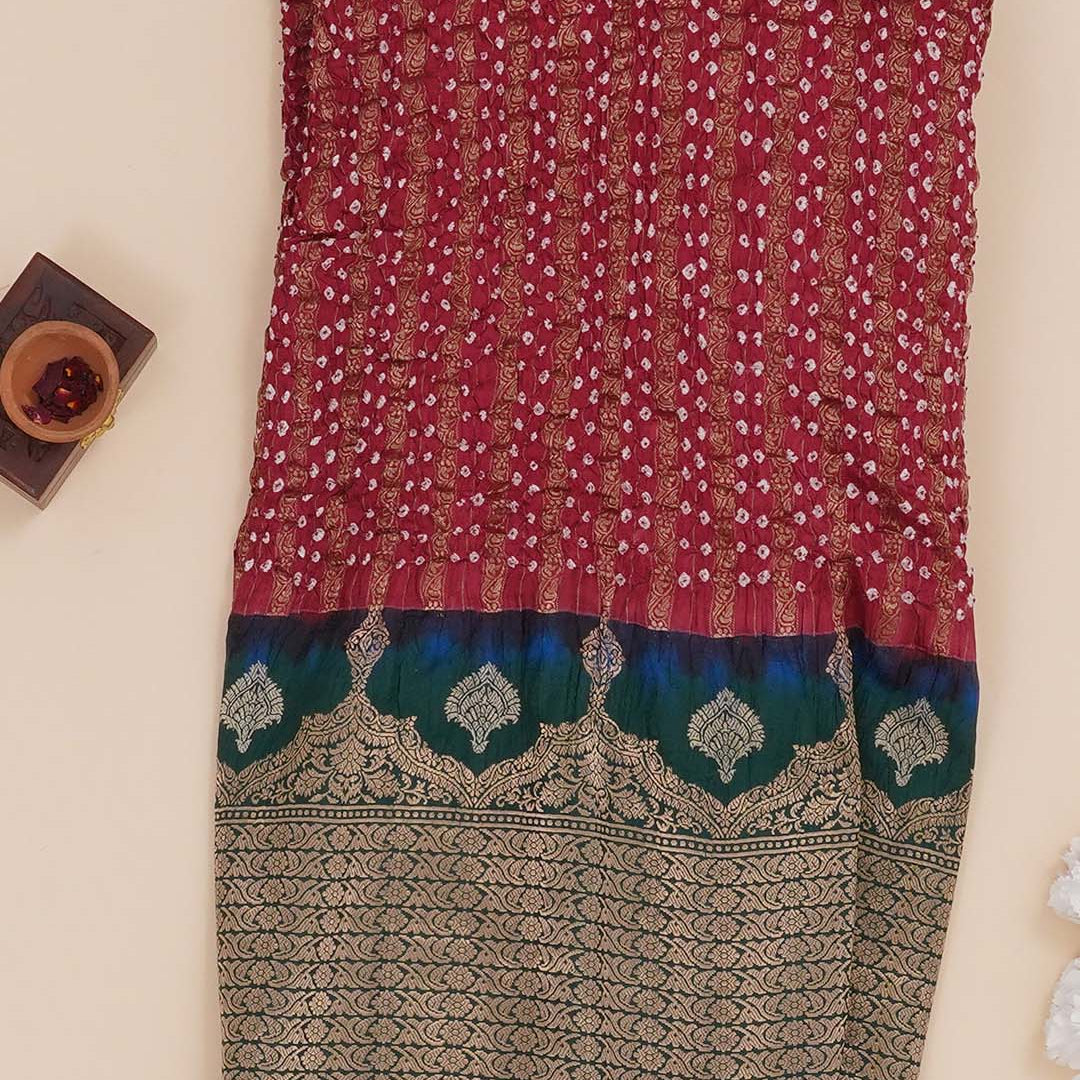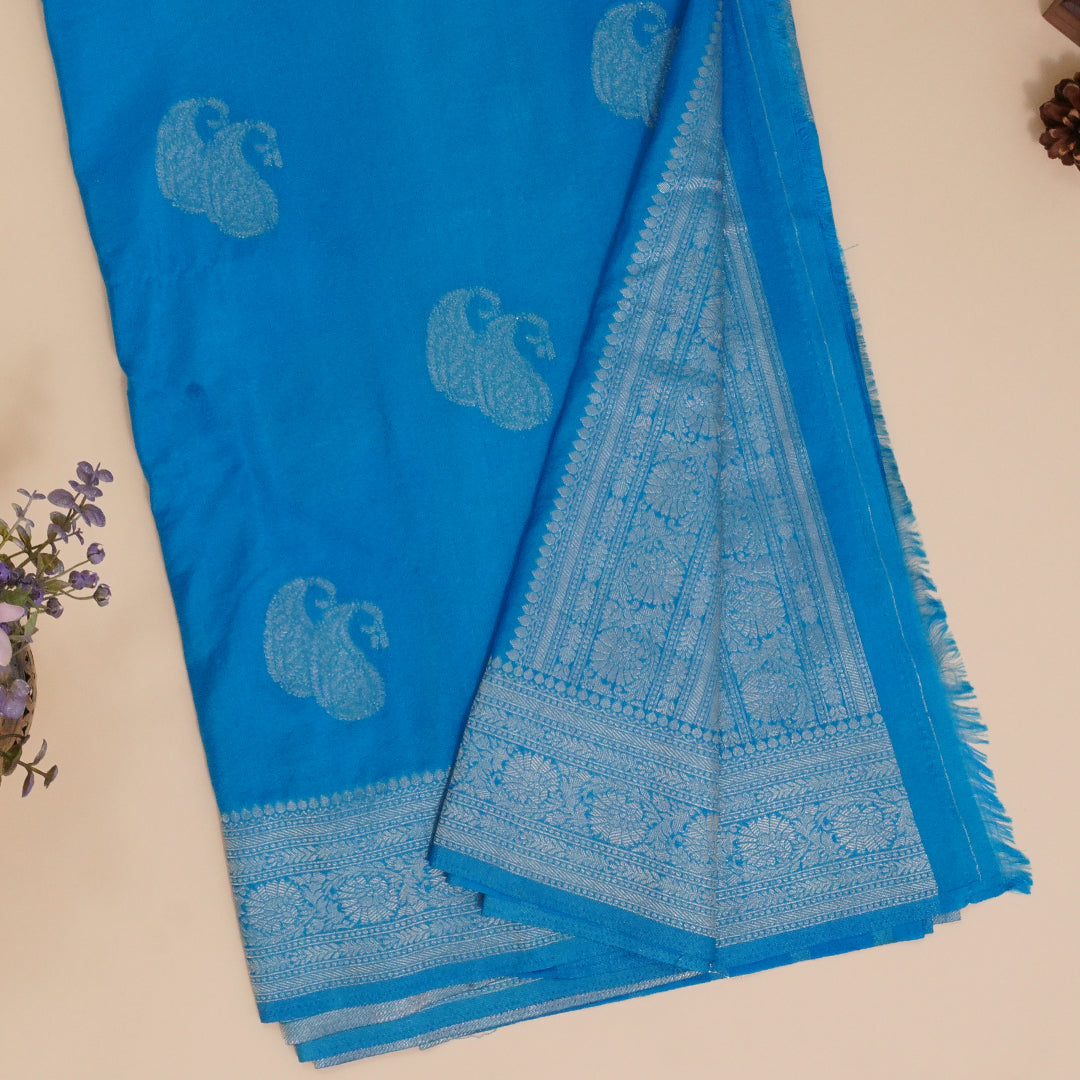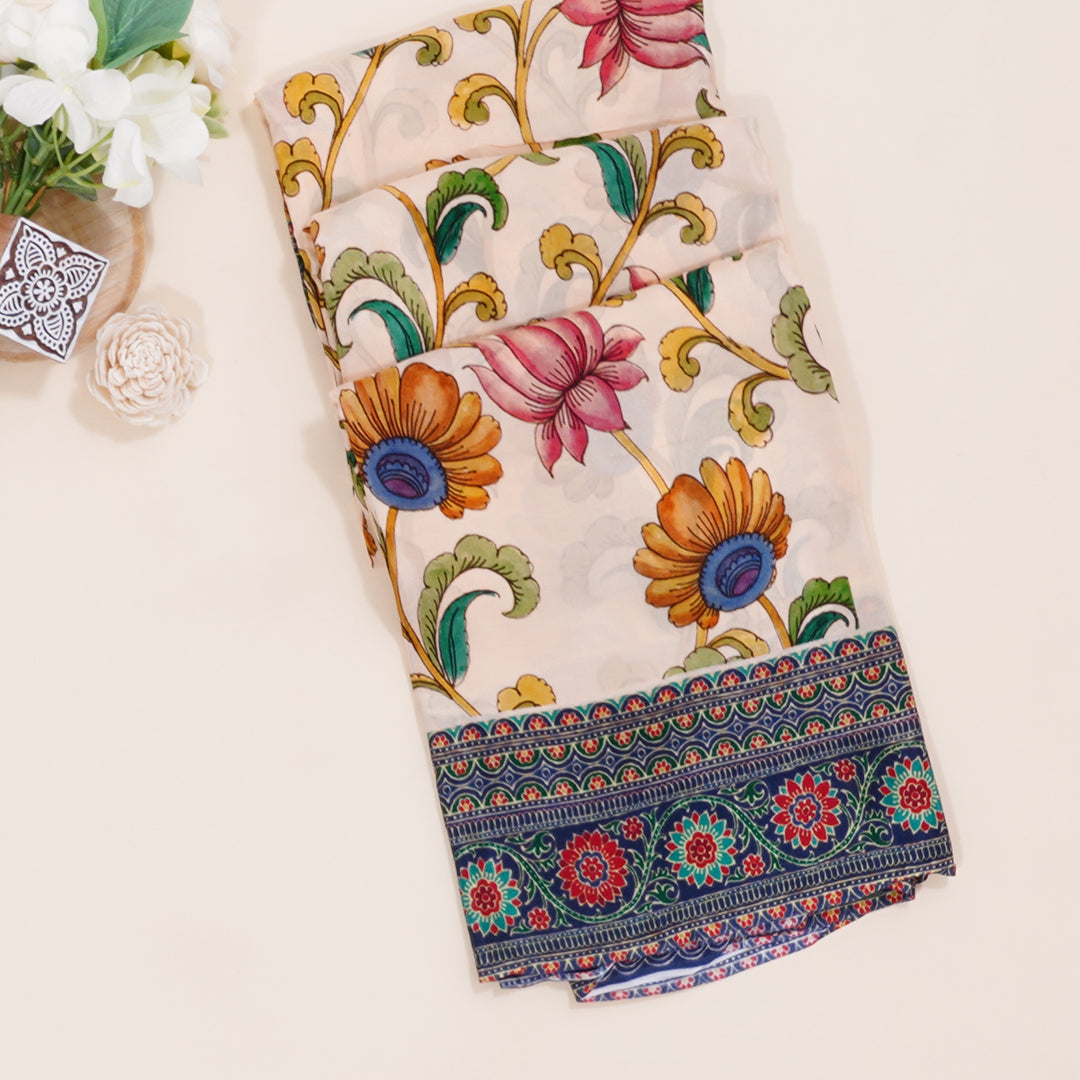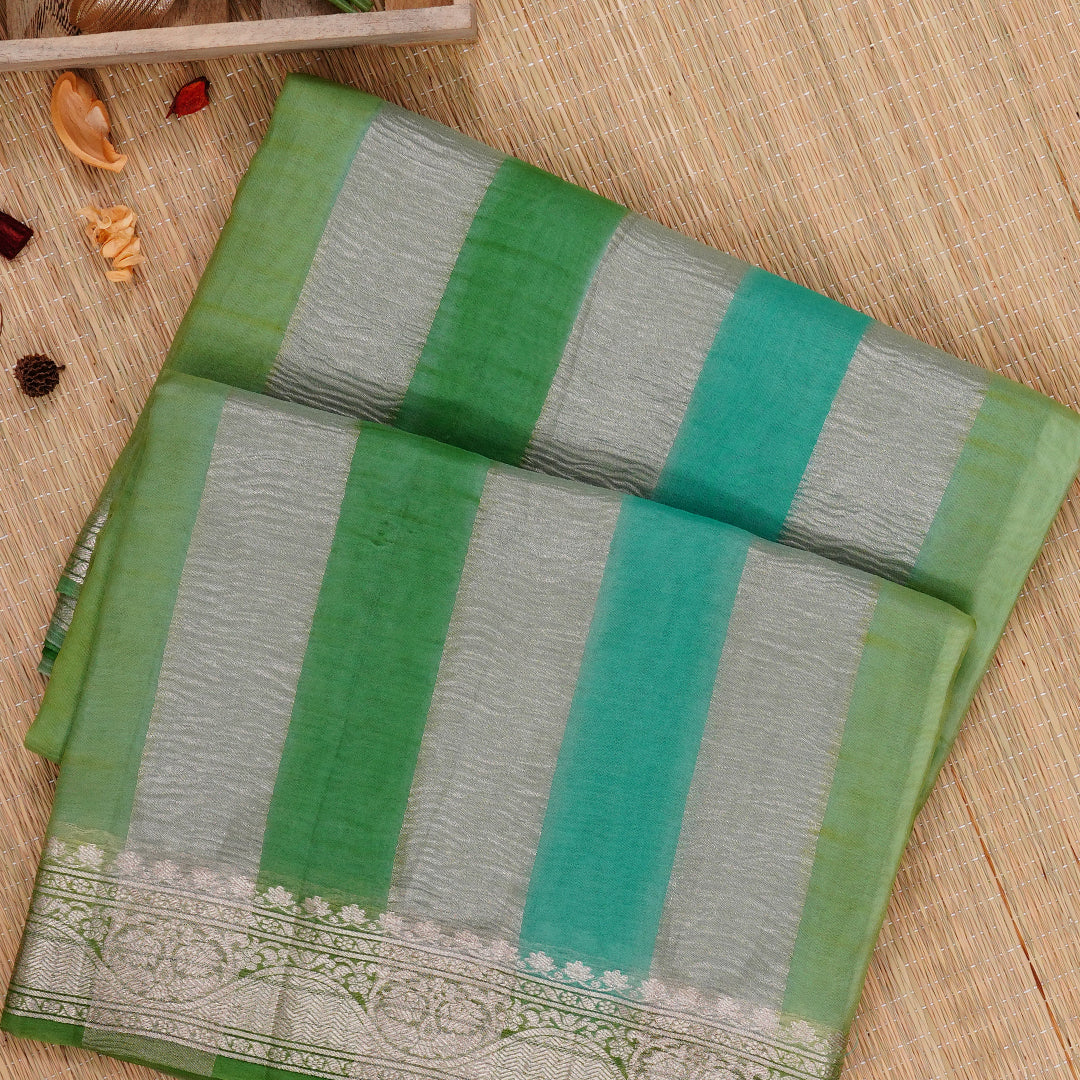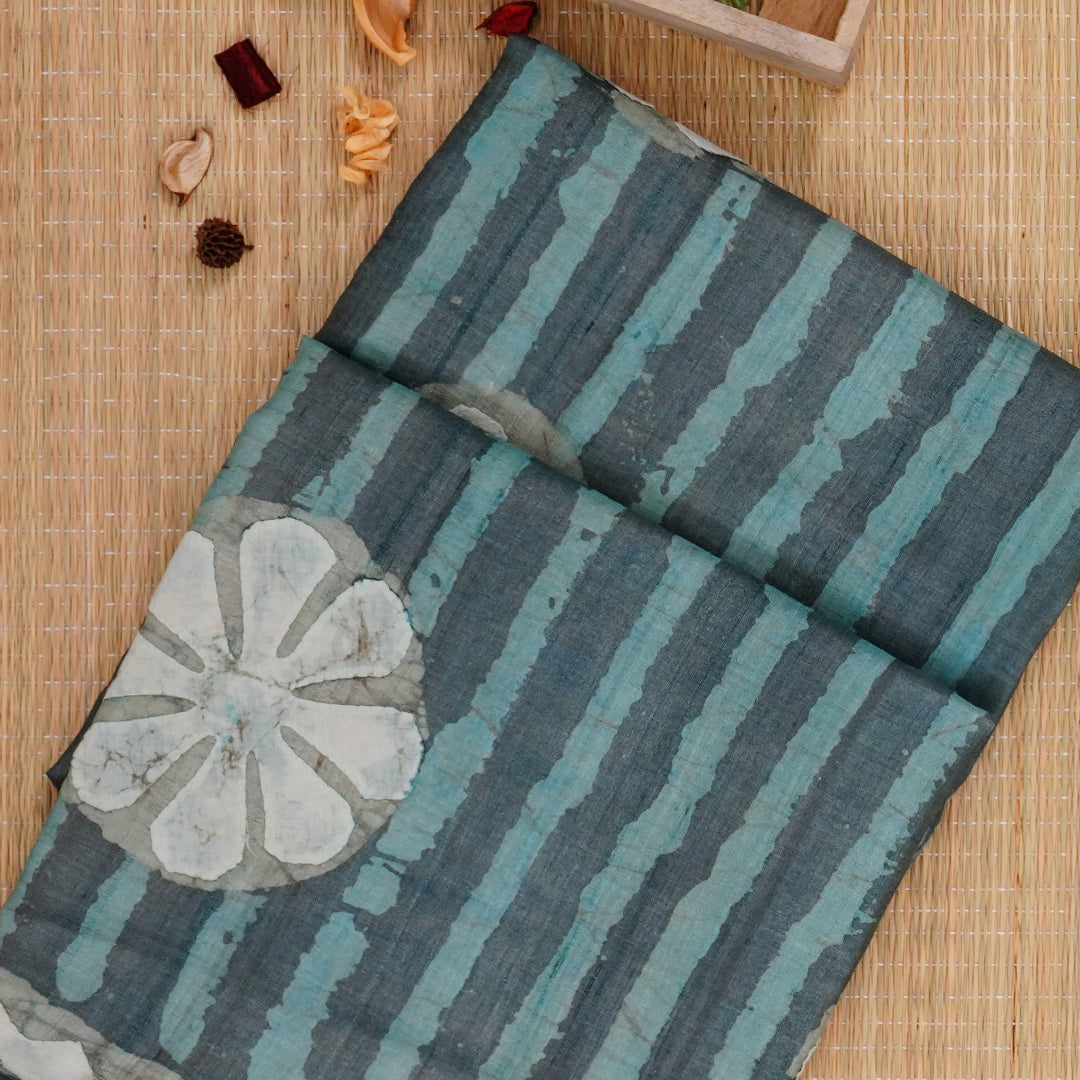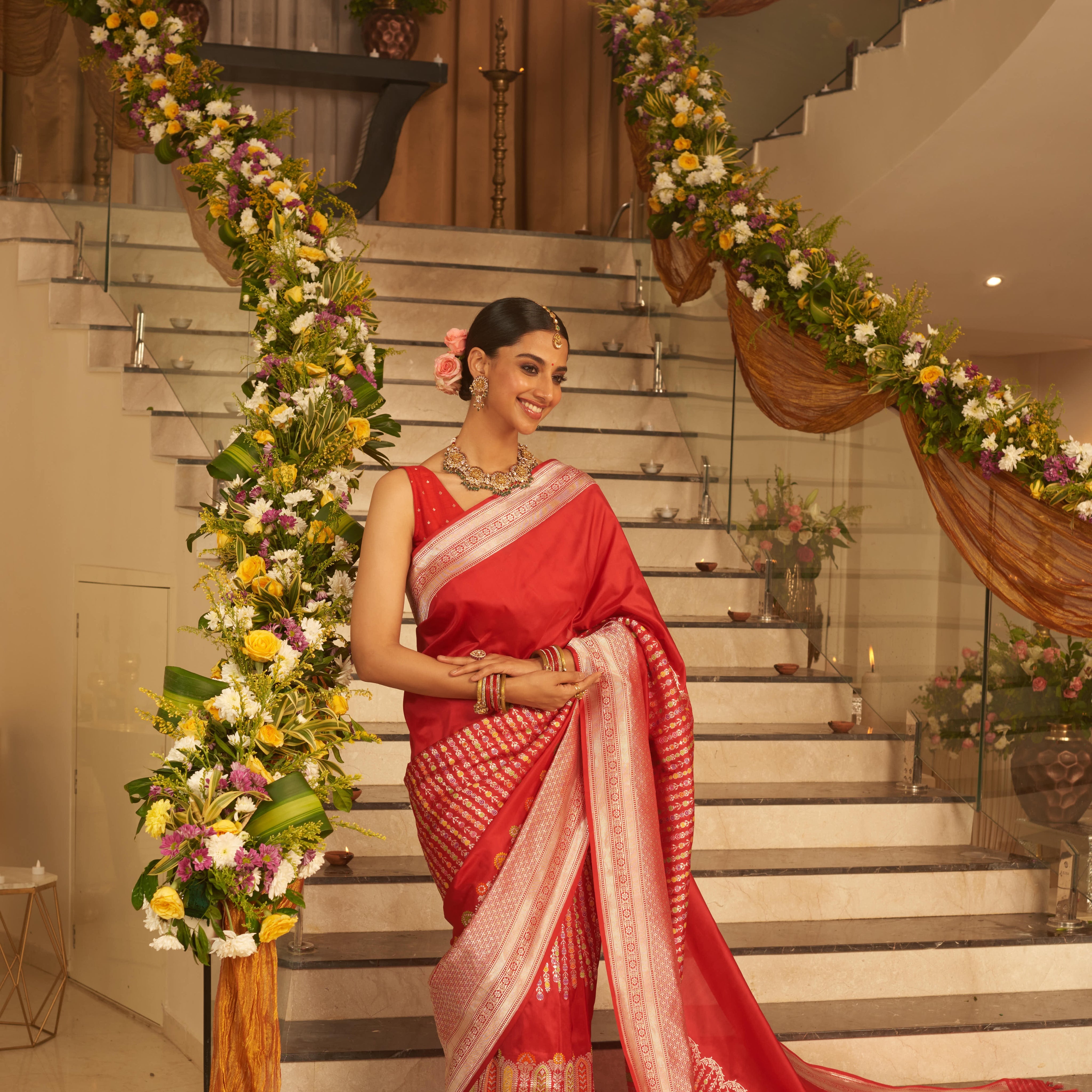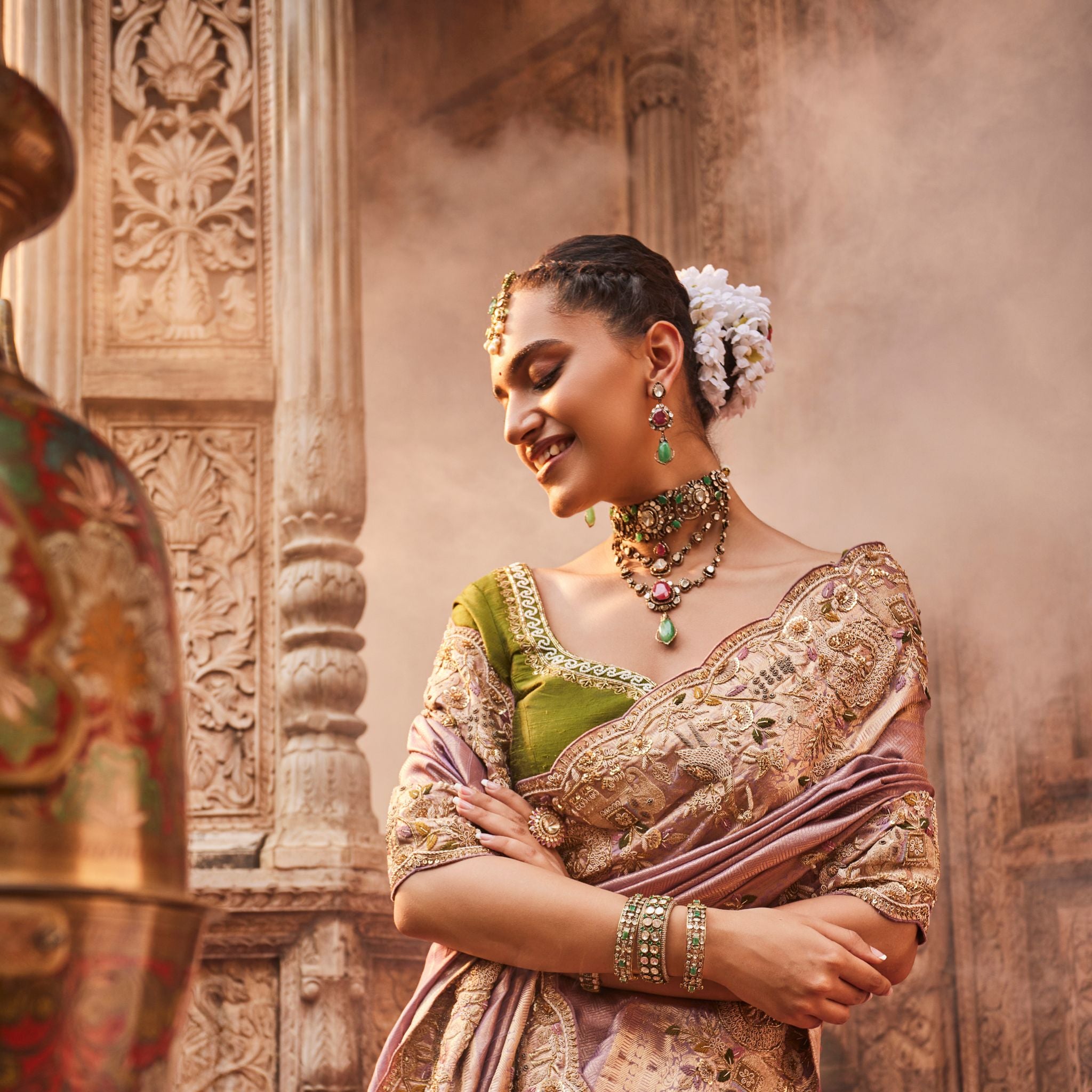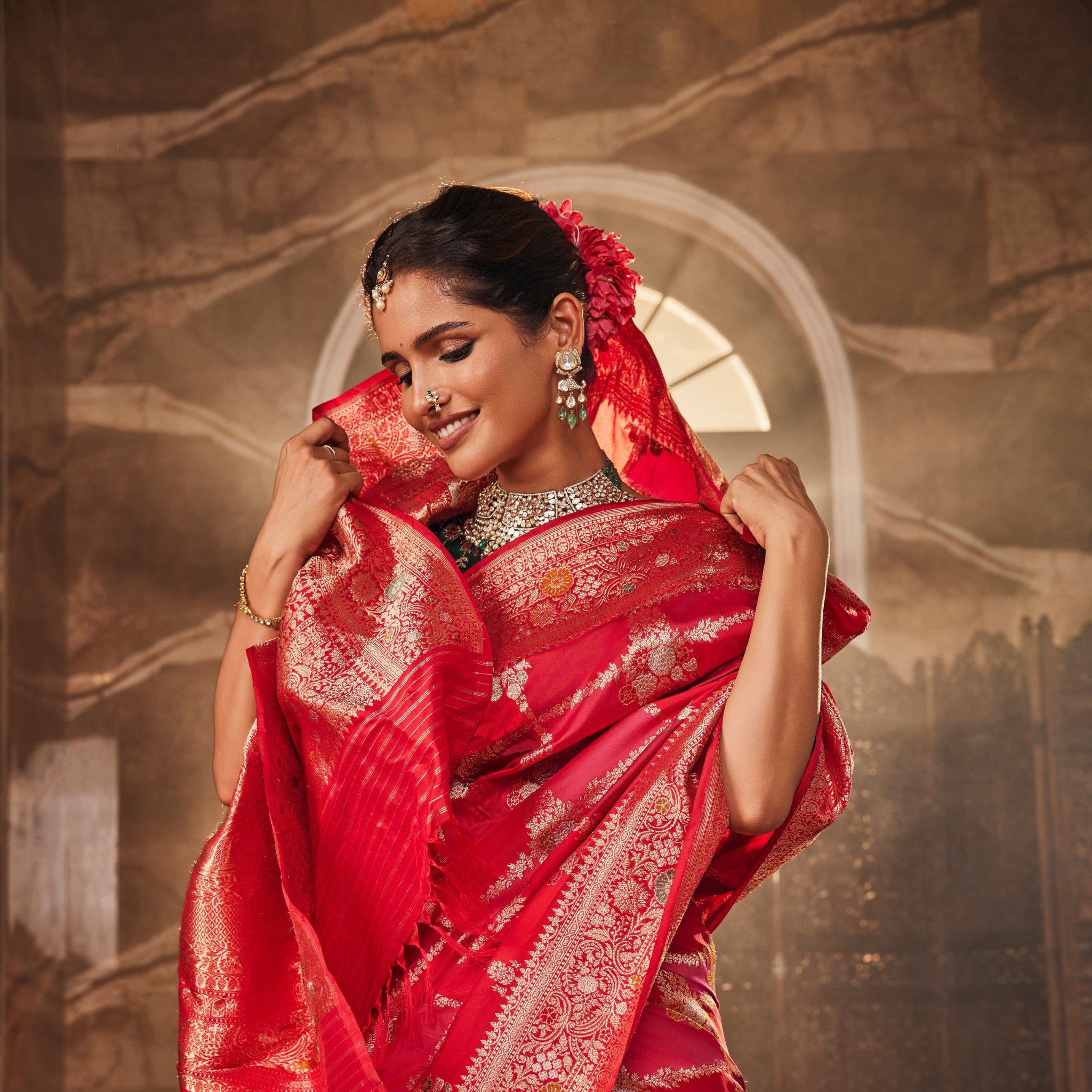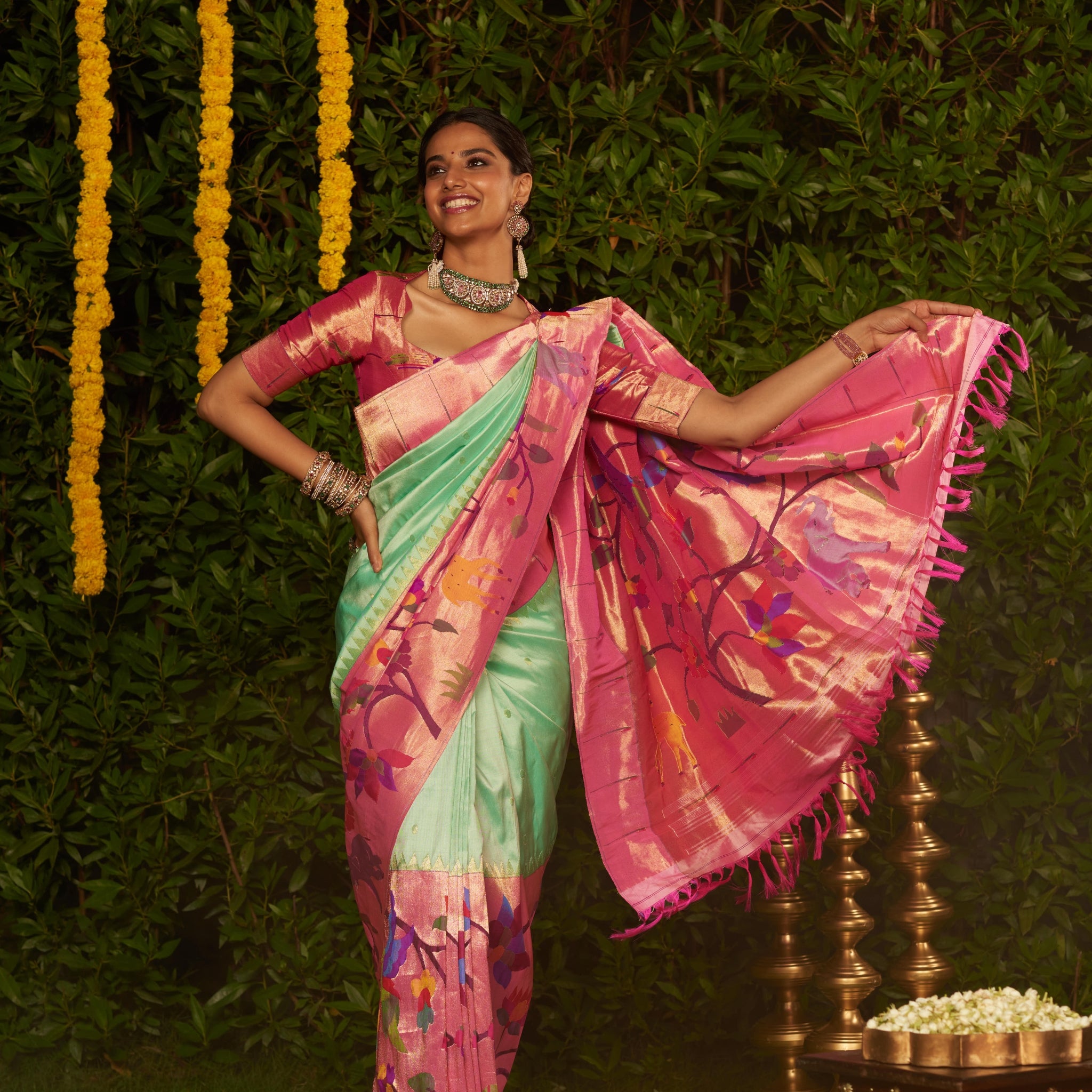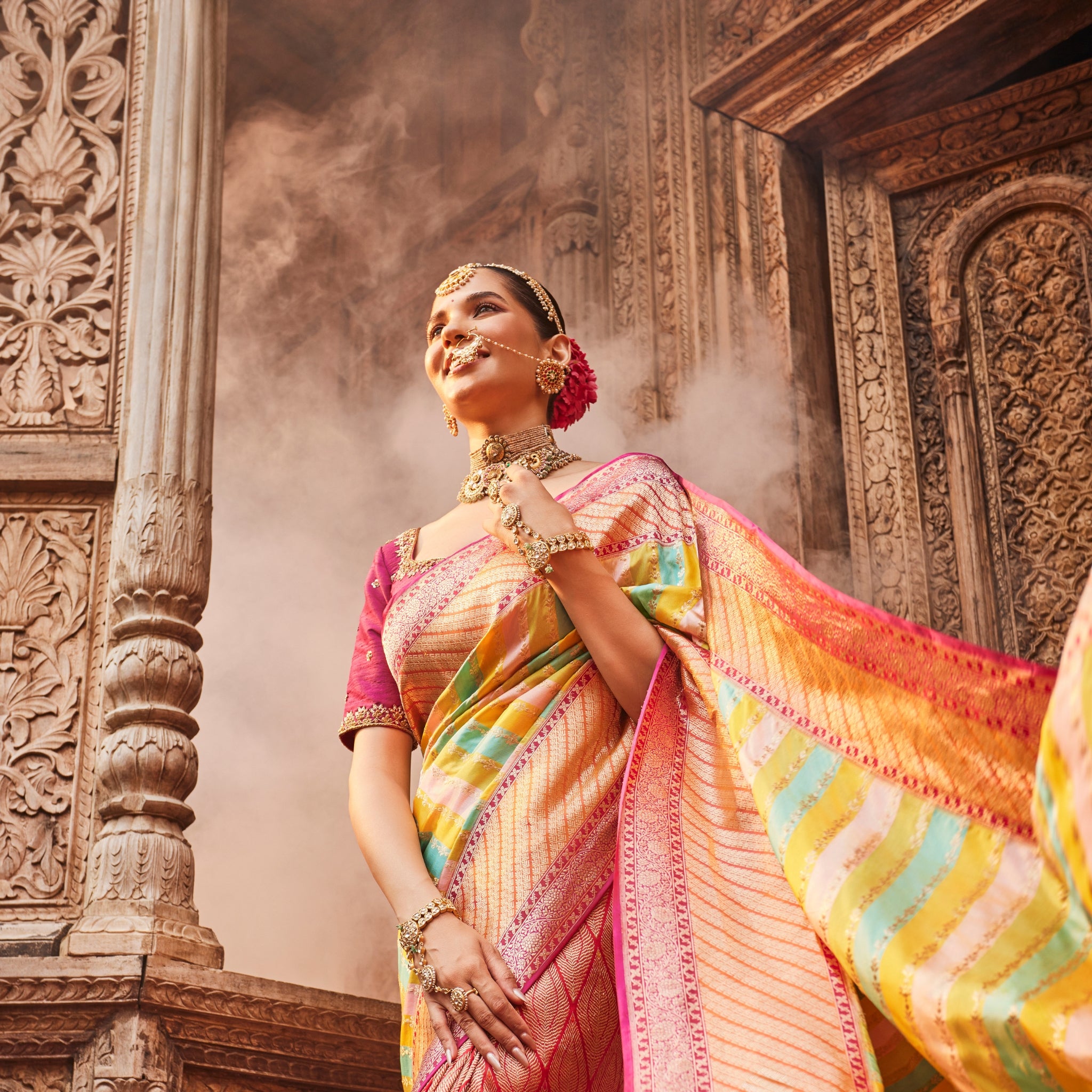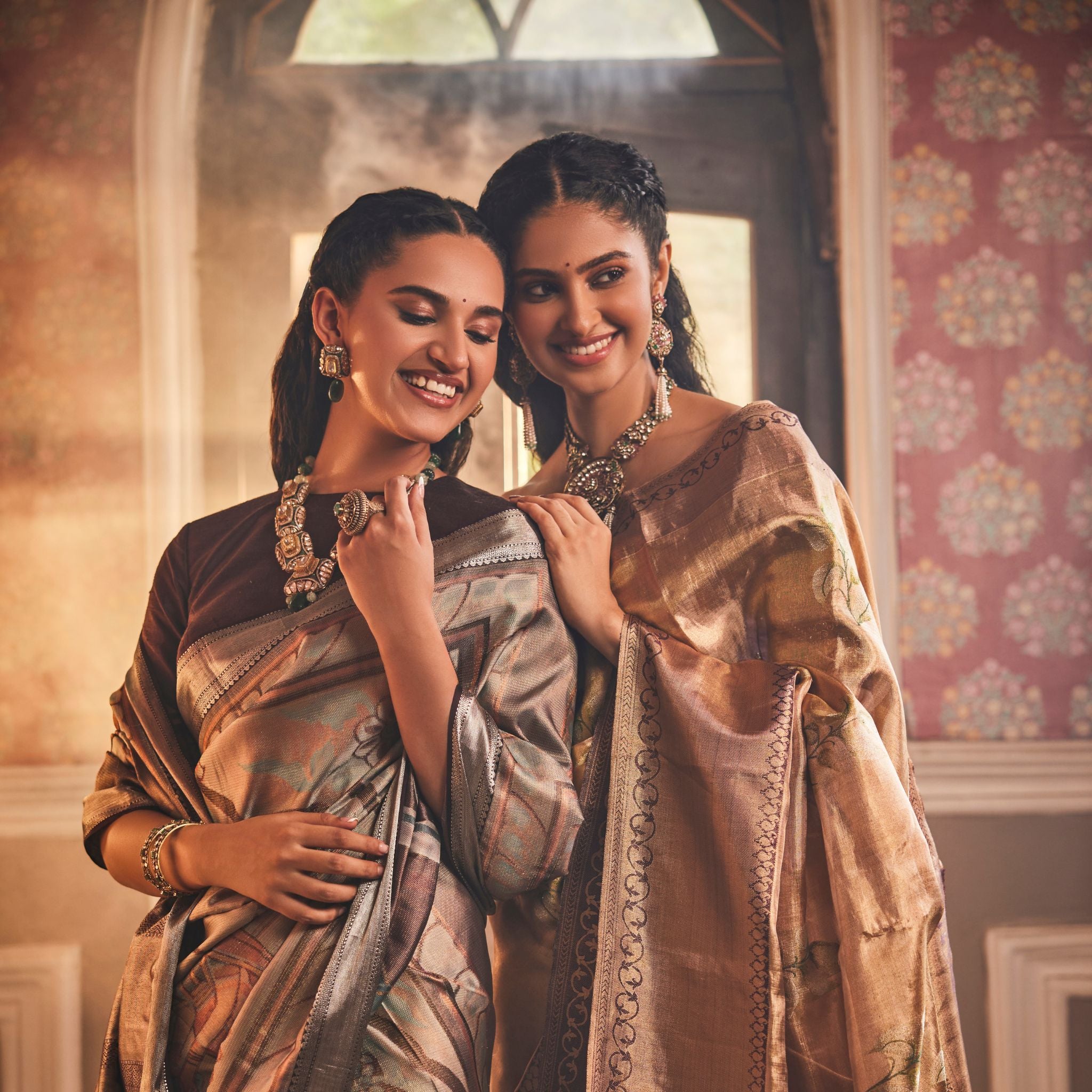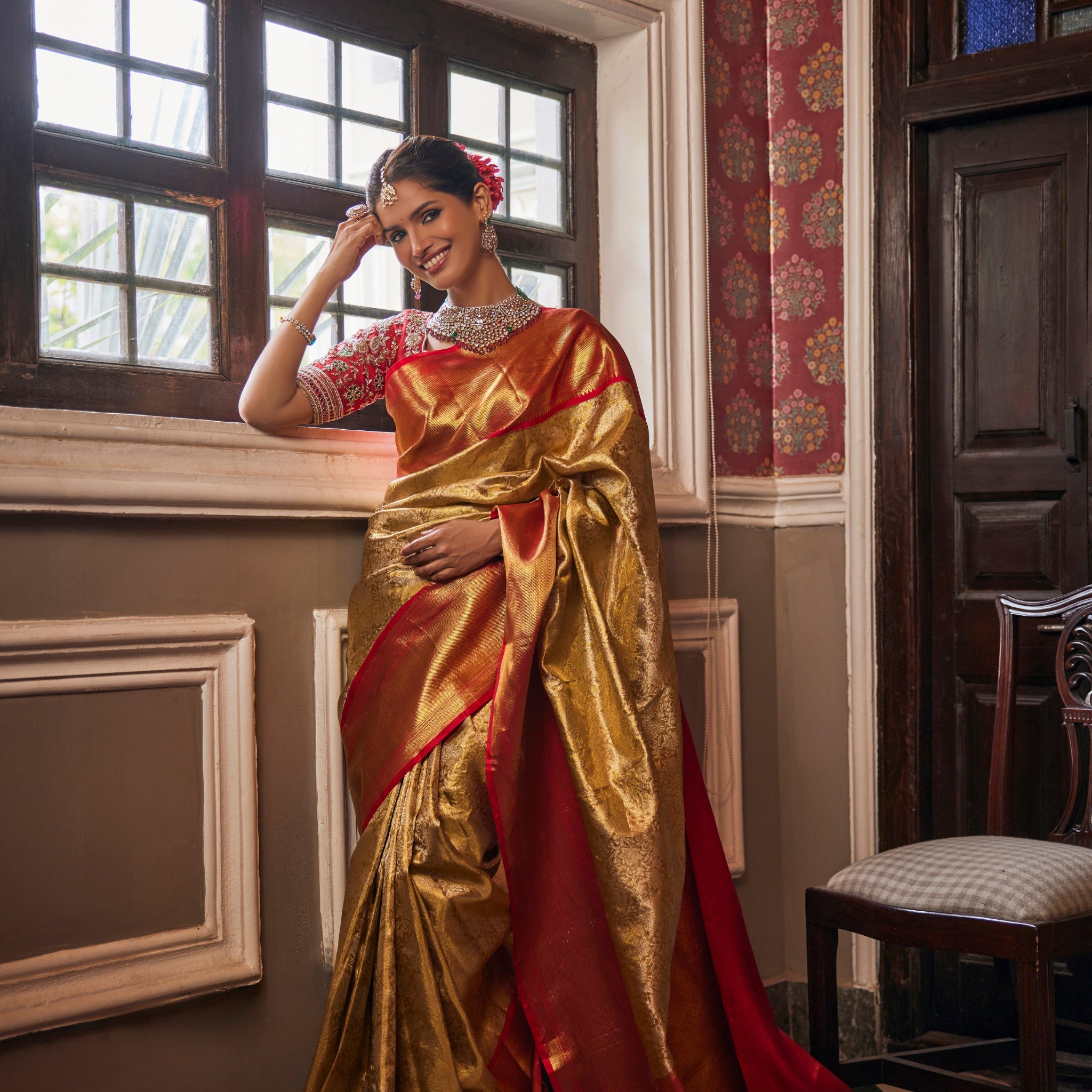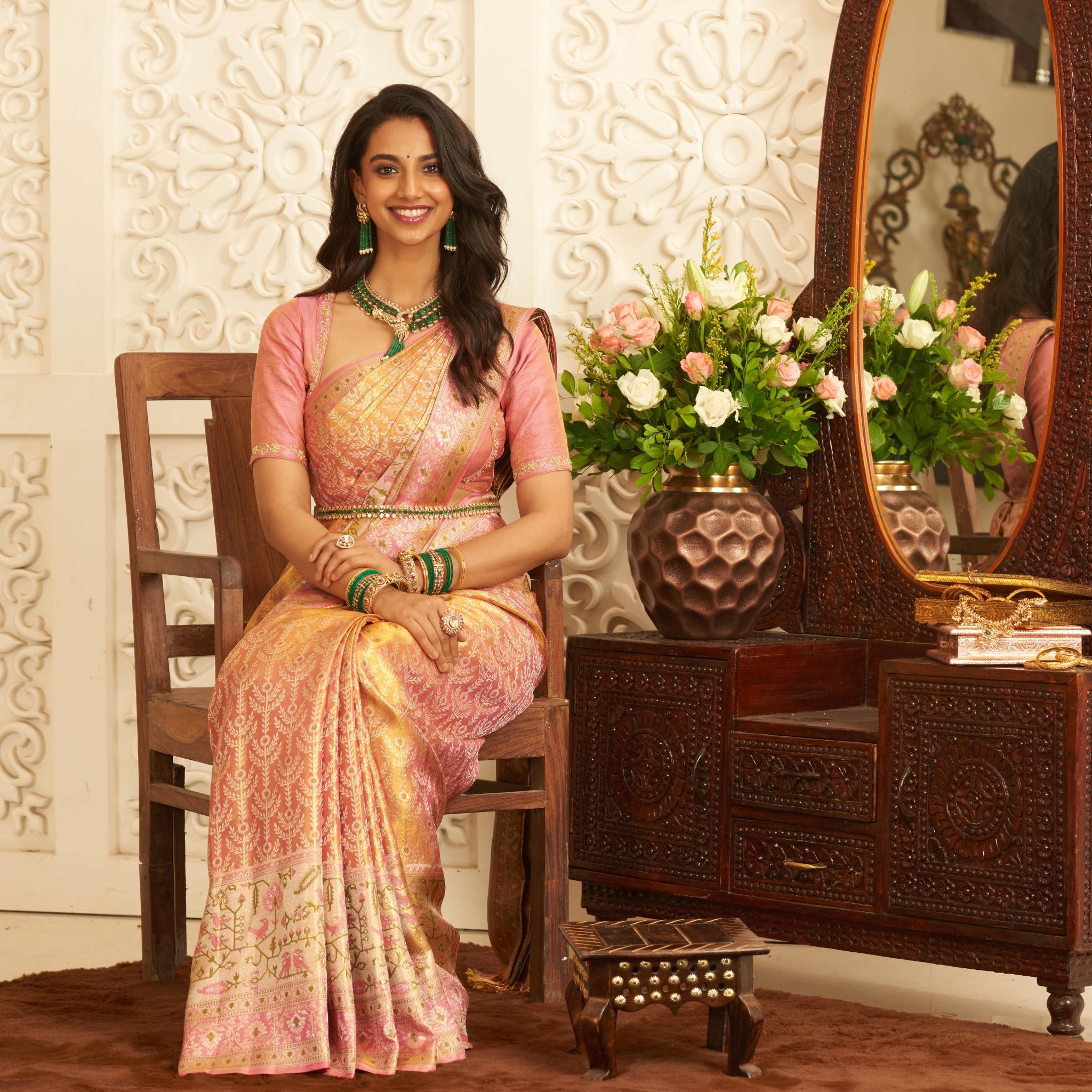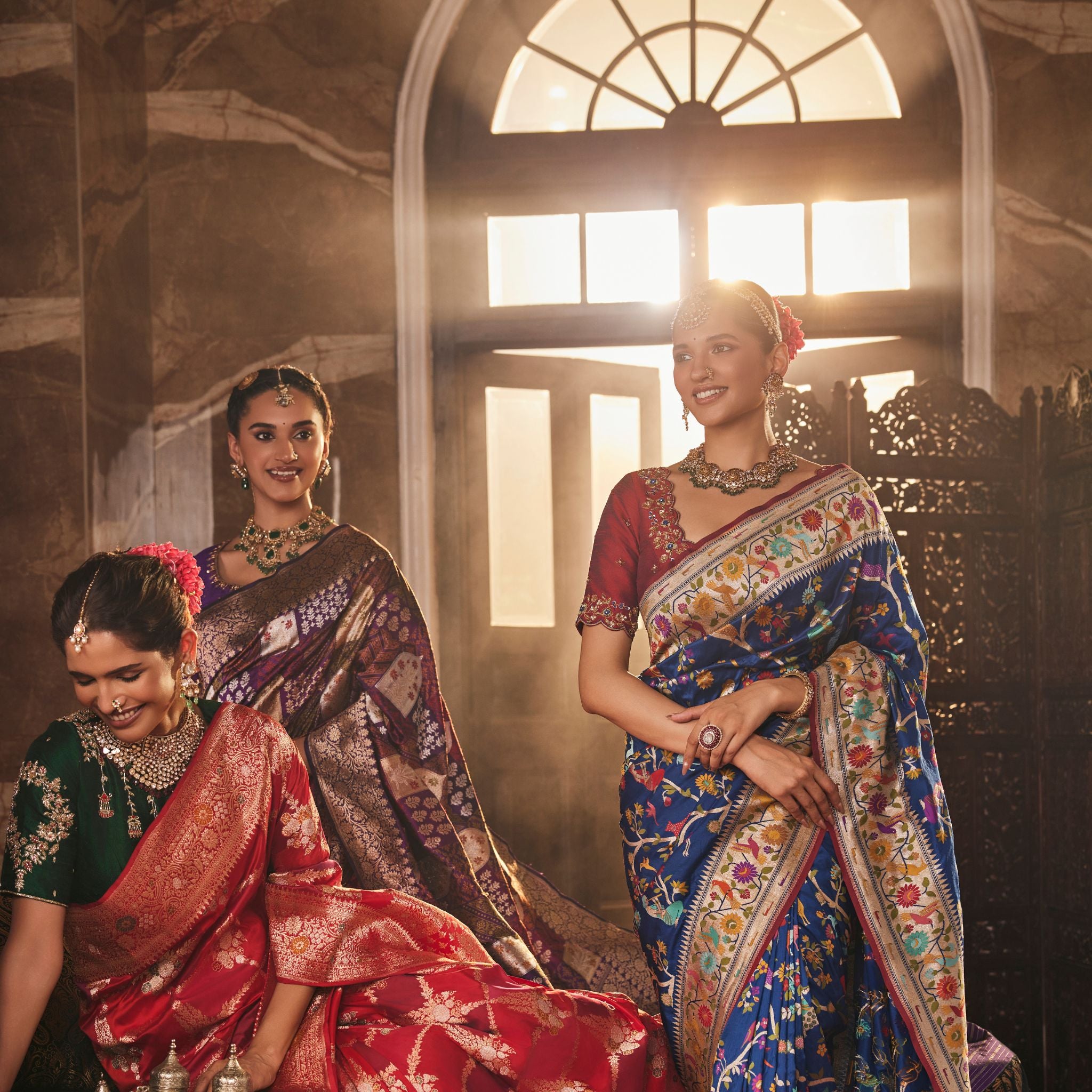Why Patola Sarees Are Called the Queen of Silks | Vaarahi Silks
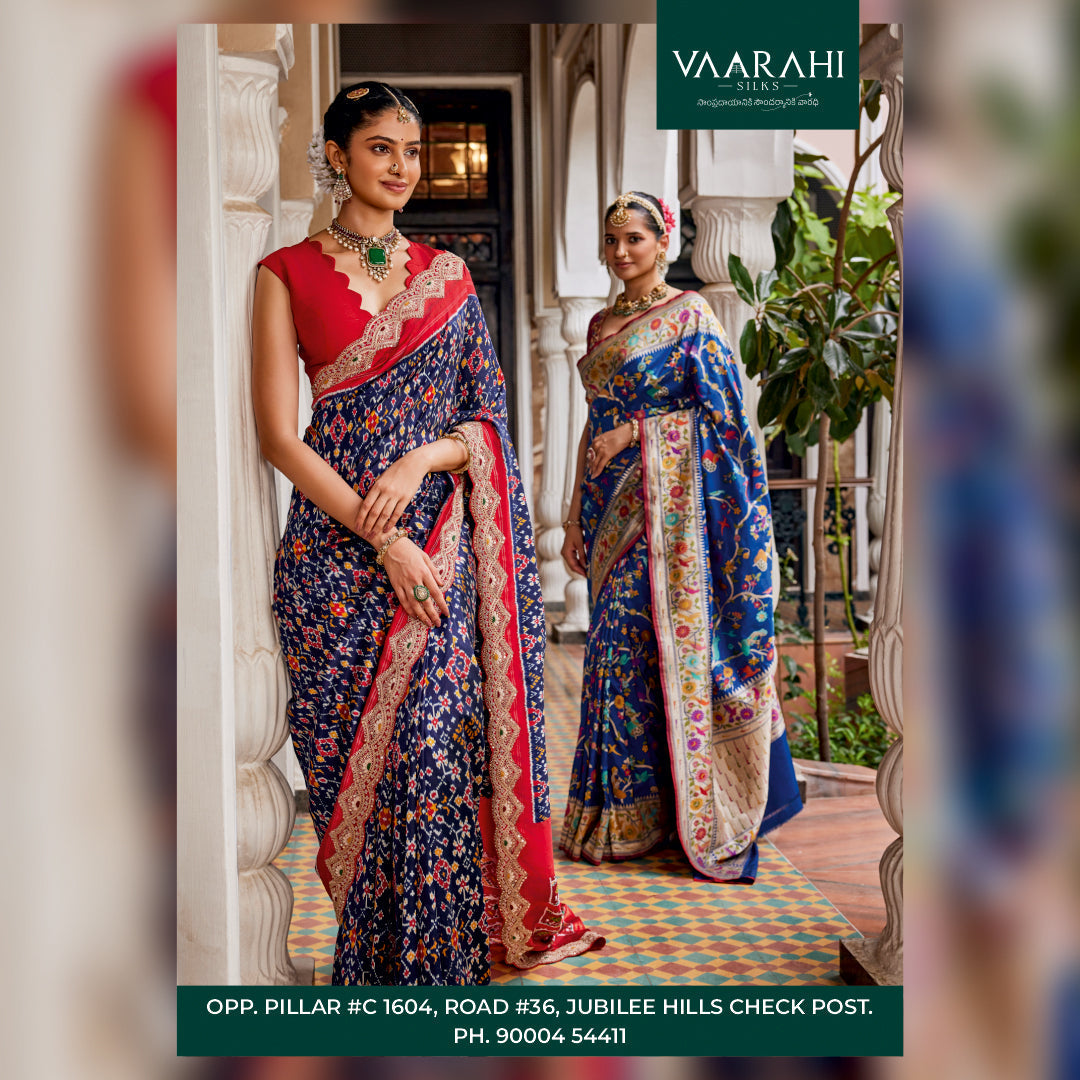
1. When it comes to exquisite craftsmanship, vibrant colors, and timeless legacy, patola sarees stand apart. Often hailed as the “Queen of Silks”, a pure patola silk saree is not just clothing — it’s art woven in threads, a heritage passed across generations. In this post, we’ll dive into what makes these sarees so revered, their history, weaving techniques, how to recognize real ones, types & designs, styling tips, and how to buy patola sarees online wisely.
The Grand Legacy & Origin of Patola
The Name & Its Roots
The word patola is believed to derive from the Sanskrit term pattakulla, meaning “silken cloth.” Patola sarees are traditionally woven in Patan, Gujarat, India, and are known for their double ikat technique.
Legend has it that in the 12th century, around 700 skilled weavers from the Salvi community of Maharashtra and Karnataka migrated to Gujarat to serve the Solanki dynasty and establish the Patola weaving tradition in Patan. King Kumarpala is often credited with bringing these weavers and making Patola a royal fabric, used especially when he visited the temple.
In Patan, Patola sarees thrived under royal patronage, evolving into complex designs, and being prized as gifts, status symbols, and heirlooms.
Historical & Cultural Significance
- Patola was reserved for royalty, aristocracy, and high social status.
- Patola was exported and revered even across Southeast Asia, influencing textile traditions in Java, Bali, Indonesia, and beyond
- The fact that even in old traveler logs, Patolas were gifted among kings and nobles attests to their prestige.
- All these factors combine to earn patola sarees the epithet “Queen of Silks” — not just for their beauty, but for their supreme execution, rarity, and cultural symbolism.
What Makes a Patola Saree Extraordinary
Double Ikat Weaving — Precision at Its Finest
The core reason patola sarees are so special is double ikat weaving — both warp and weft threads are resist-dyed (tied and processed) before weaving, so the design aligns when weaving.
This technique demands mathematical precision: any slight misalignment in the threads can distort the pattern. Many consider a perfectly done patola the “ultimate manifestation of weaving perfection.”
Because of this, both sides of a patola saree carry the same clarity and color intensity — there is no ‘wrong’ or ‘back’ side.

Rich Silk & Color
Patola sarees are traditionally woven in high-quality mulberry silk (pure silk) with vibrant, lasting dyes. Natural dyes (turmeric, indigo, marigold etc.) are commonly used in traditional weaving.
Because of the complexity, one pure patola silk saree may take several months (4–7 months or more) of work to complete.

Motifs, Designs & Symmetry
Patola motifs are often geometric, floral, animal, or folk motifs (elephants, parrots, flowers, lattice, etc.).
Symmetry is key: motifs often mirror, repeat in geometric harmony, making the visuals crisp and balanced. The tapestry-like finish is a hallmark.
Because misalignment spoils the design, weavers must plan every thread tie and dye step carefully.
Thus, a pure patola silk saree is a blend of art, geometry, color science, and craftsmanship.

Types & Variations: Patola Sarees Designs
When people shop for patola silk saree or patola pattu sarees, they often encounter variations. Here are some popular types:
-
Double Ikat Patola (Patan Patola)
The classic, full double ikat version from Patan — the highest craftsmanship and price bracket.

-
Single Ikat / Half Patola
In this, either warp or weft is tie-dyed — easier than full double ikat, more affordable.

-
Rajkot / Kutch Patola
Local adaptations in Gujarat with regional motifs and slightly different weaving traditions.

-
Hybrid / Contemporary Patola
Designers sometimes combine Patola motifs with other weaving styles or use modern color palettes. -
Silk-Cotton Mix Patola
For lighter feel or lower cost, some versions mix silk with cotton or alternate materials. -
Patola with Zari / Brocade Accents
To enhance the sheen, some patola sarees contain metallic threads or brocade accents.
When browsing patola sarees online, you’ll often see these options — knowing their differences helps you choose.
Why Patola Sarees Are Treasured for Weddings & Festive Use
- Rarity & Prestige: Owning a patola is a statement of taste and status.
- Durability & Legacy: If well cared for, a pure patola silk saree can last for generations.
- Visual Drama: The sharp geometric designs and vibrant colors look stunning under festive lighting and in photographs.
- Symbolic / Ritual Relevance: In many communities, wearing patola is considered auspicious; some believe it wards off evil.
- Heirloom Value: Because of the work involved, patolas are often passed down as family treasures.
How to Identify & Buy an Authentic Patola Saree
When shopping patola sarees online, here are some key checks and tips:
- Double-Sided Clarity: The design should look equally crisp and vibrant on both sides.
- Design Alignment: Patterns must perfectly align across borders, pallu, and body.
- Weave Consistency: No distortion or blurred edges in the motifs.
- Silk Quality & Feel: It should feel luxurious; avoid coarse fabric.
- Thread / Yarn Inspection: Fine threads, smooth interlacing.
- Time & Price Realism: A true patola takes months; be wary of “cheap” patolas with unrealistic delivery.
- Seller Reputation: Verify weaver origin, reviews, and ask for close-up photos/videos.
- Certificates / Proof: Request provenance or crafting details.
- Return / Inspection Option: Because of high value, it’s good to have an option to inspect and return if not satisfied

Styling Tips for Patola Sarees
- Because the saree is heavy in design, go minimal on blouse design—solid colors or simple cuts.
- Use understated jewelry so as not to compete with the saree’s patterns.
- Choose contrasting petticoat / underskirt colors to subtly highlight motifs.
- Drape neatly — geometric patterns stand out in clean pleats.
- Pair with neutral or metallic clutches / footwear.
- For modern looks, try partial drapes (showing pallu) or fusion styling (drape with belt).

Vaarahi Silk STORE LOCATIONS :
📍Vaarahi Silks Jubilee Hills
Vaarahi Silks, Road No. 36, opp.
Metro Pillar # C1604, Jubilee Hills, Hyderabad,
Telangana 500033
Map: https://share.google/GyvPzx53nUu2YaJtR
📍 Vaarahi Silks KPHB
Vaarahi Silks, Rd Number 1, opp. Metro Pillar A756,near KPHB Colony, K P H B Phase 1, Kukatpally, Hyderabad, Telangana 500072
Map: https://share.google/kUaaQxoMGXv2P42Gj
📍 Vaarahi Silks patny center, Secunderabad
Vaarahi Silks, 1-1-100, Rashtrapati Rd, opposite HPO,
Kummari Guda, Kalasiguda, Secunderabad,Telangana 500003
Map: https://share.google/ytqY5Fu0Ljbj6x8NJ
📍 Vaarahi Silks Nellore
B. V. Nagar, Mini Bypass Road, Nellore, Andhra Pradesh 524003
Map:https://share.google/H2Rak38iuC9bPd9Me




